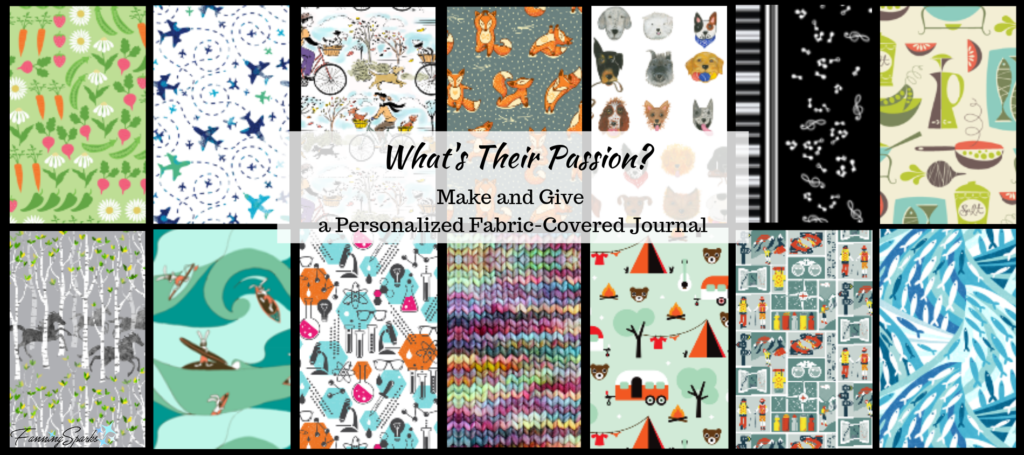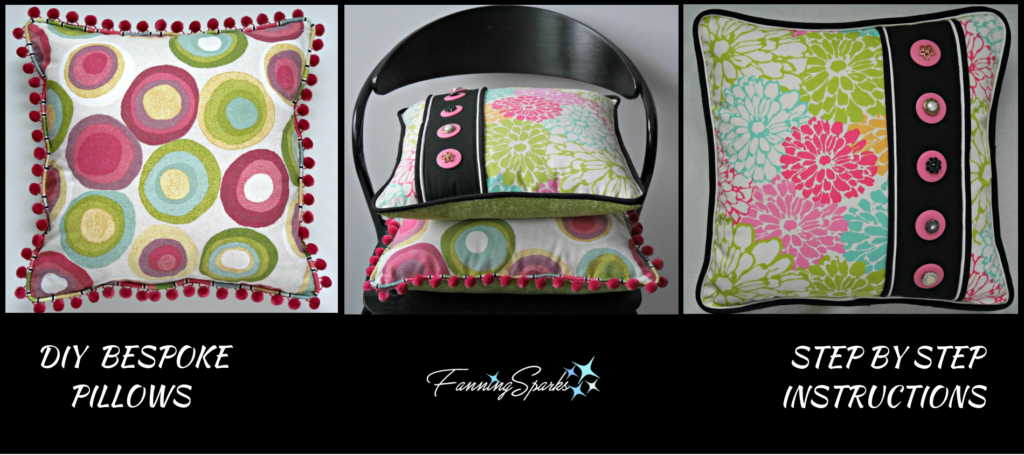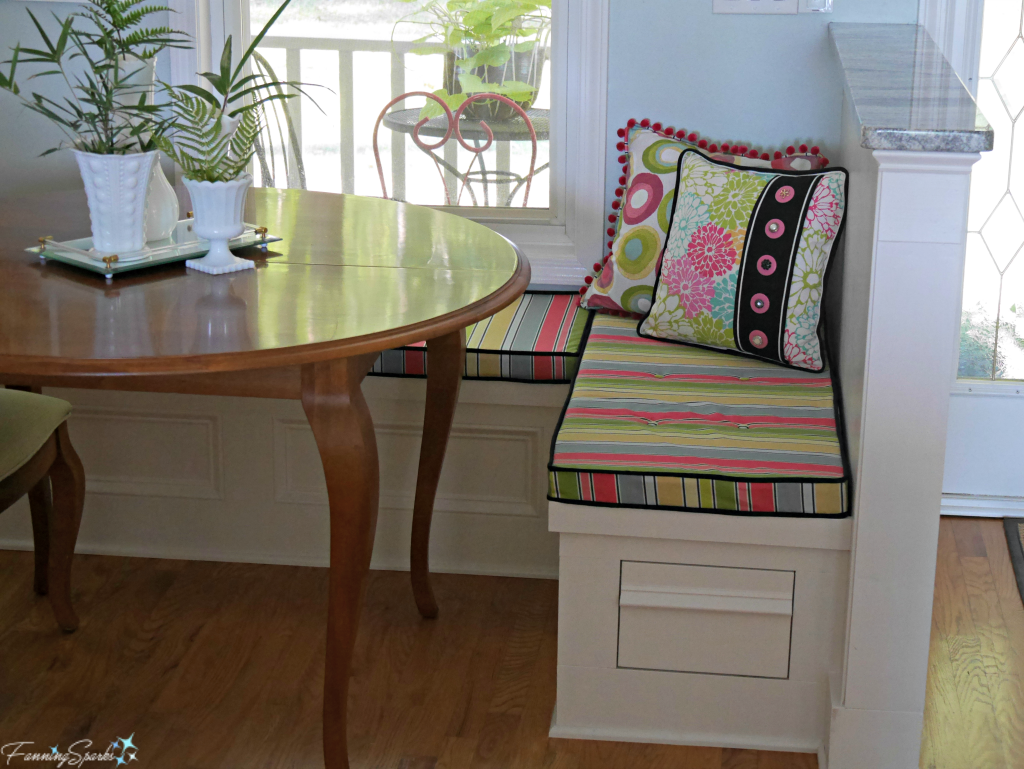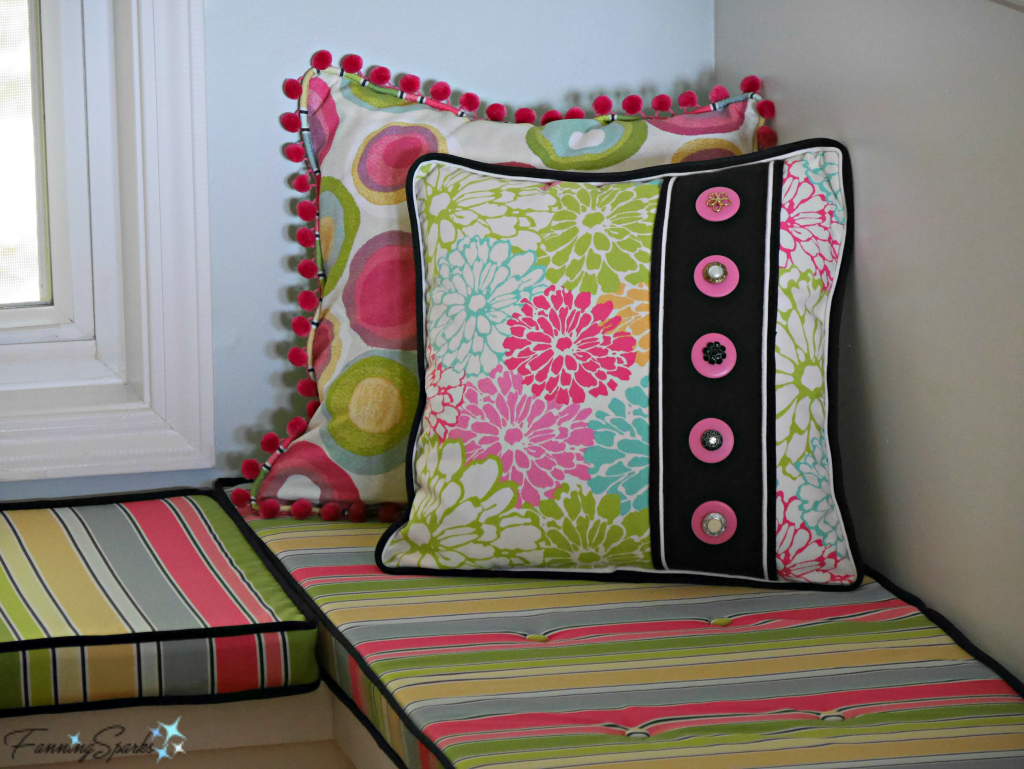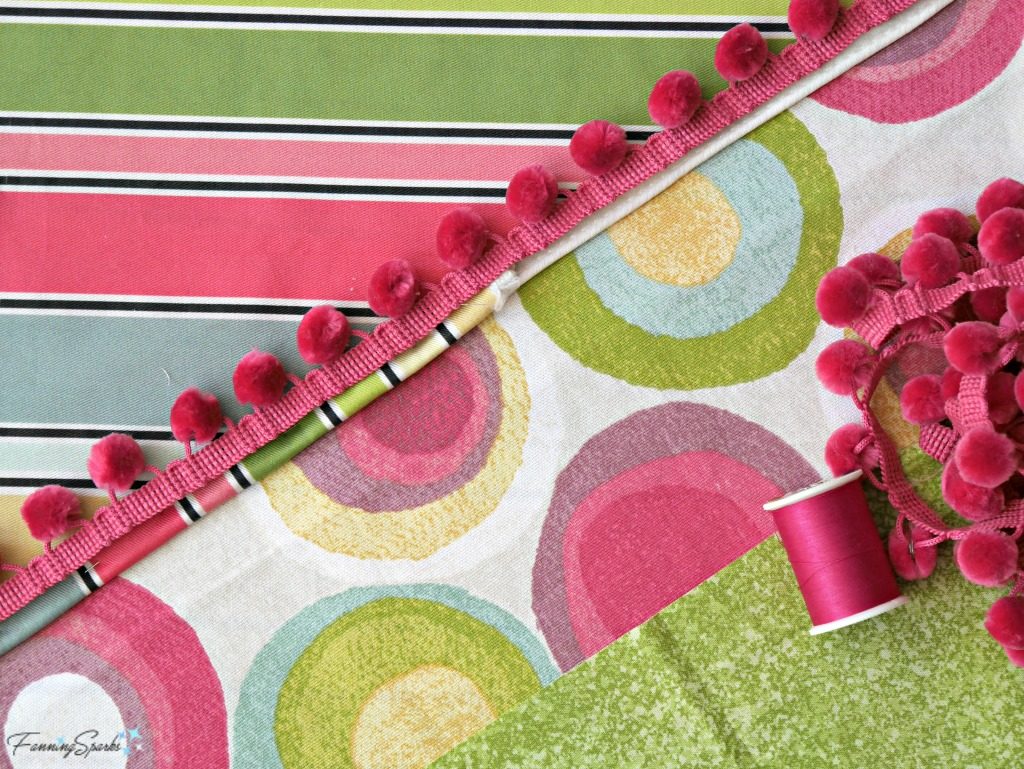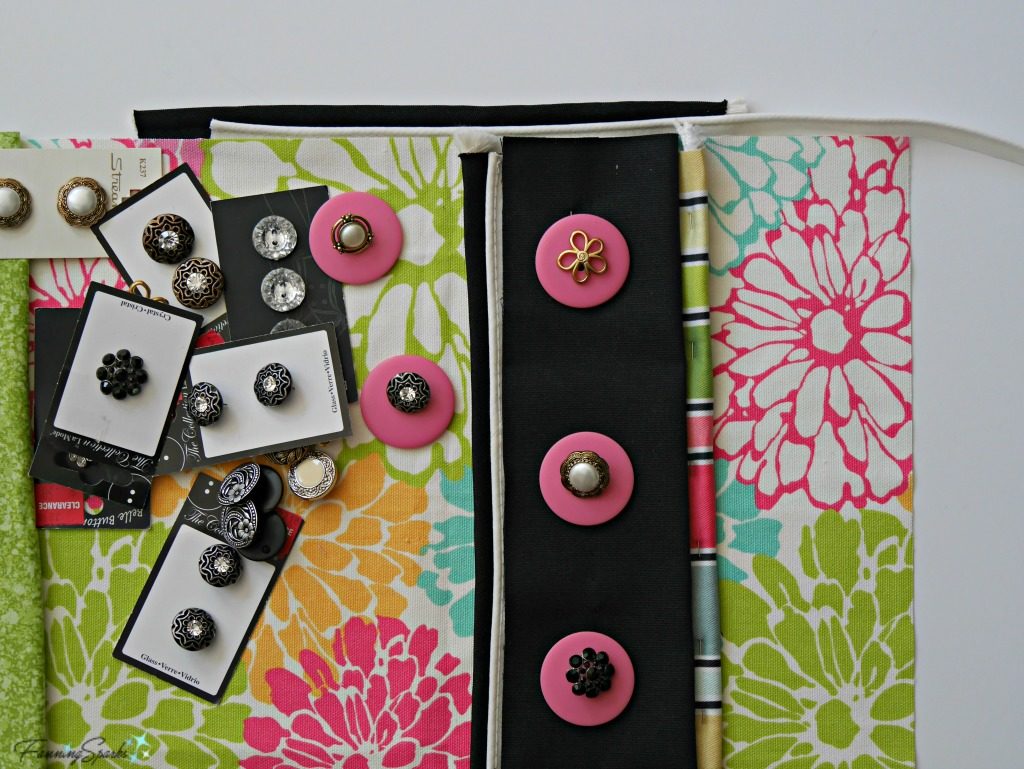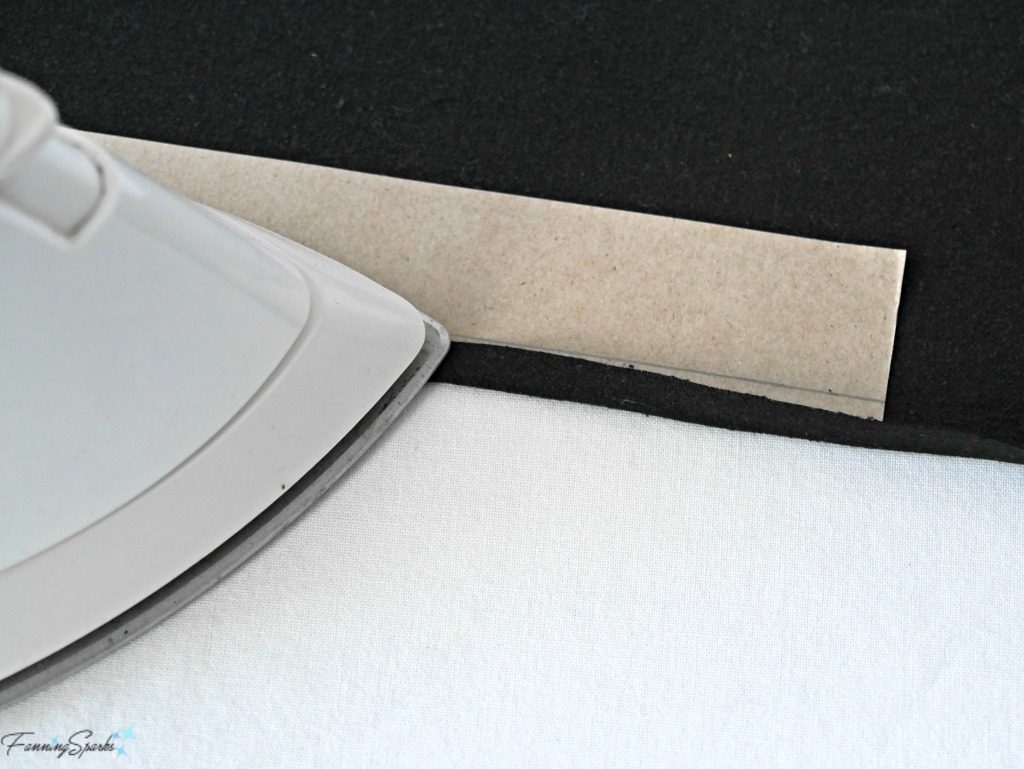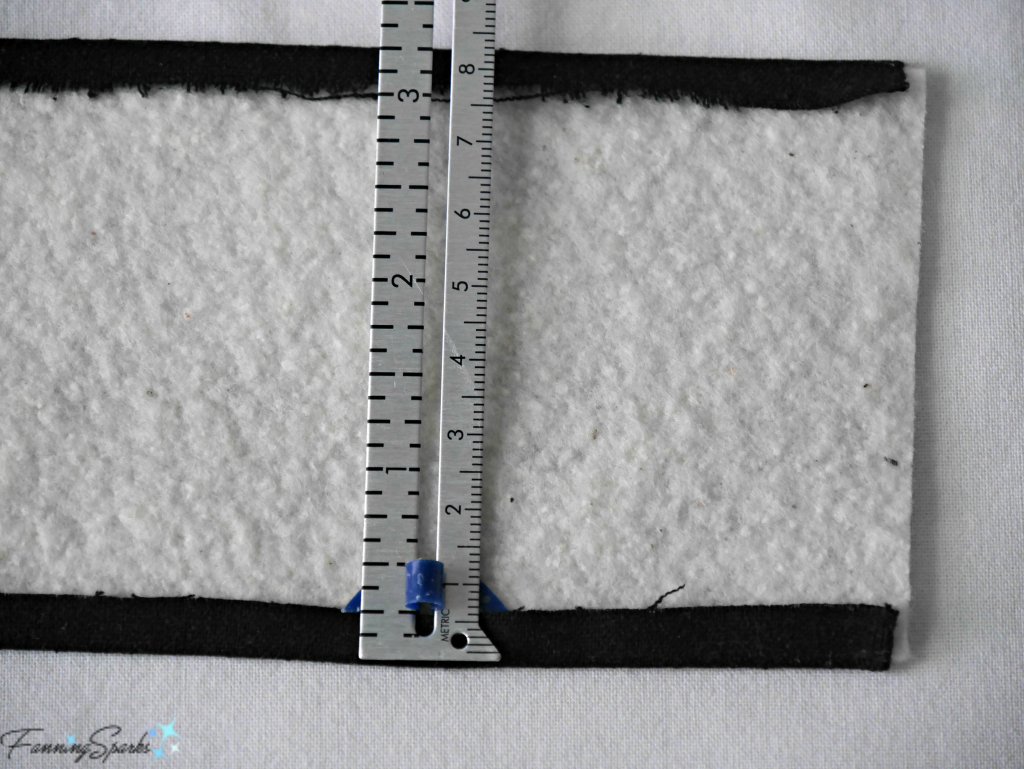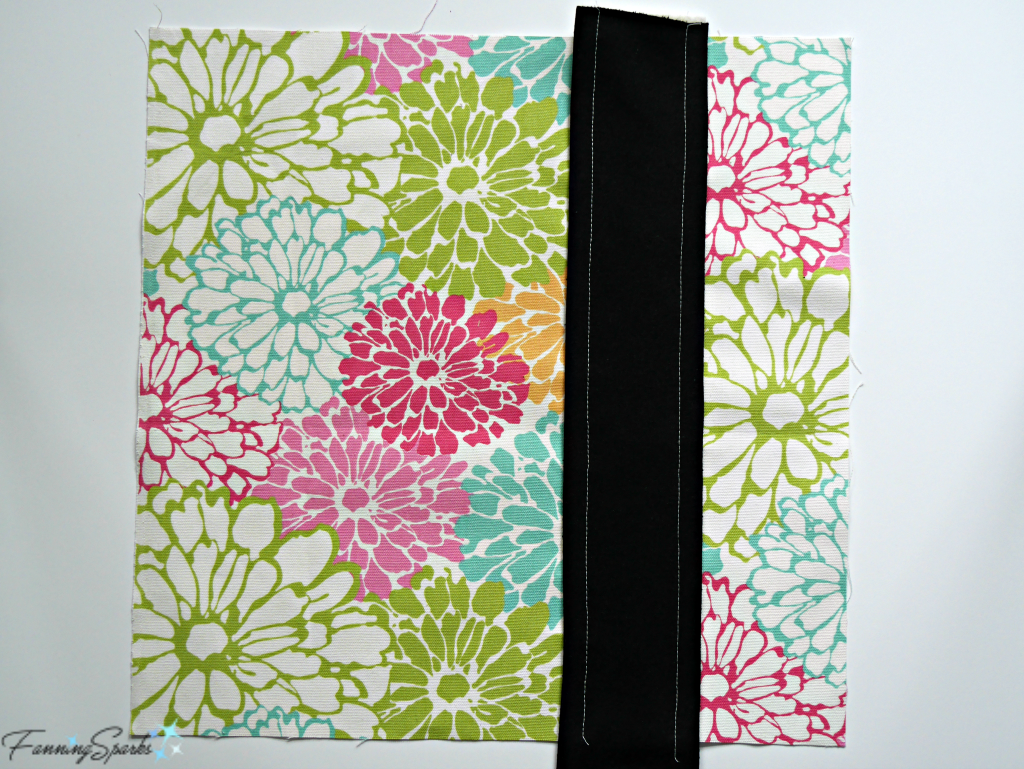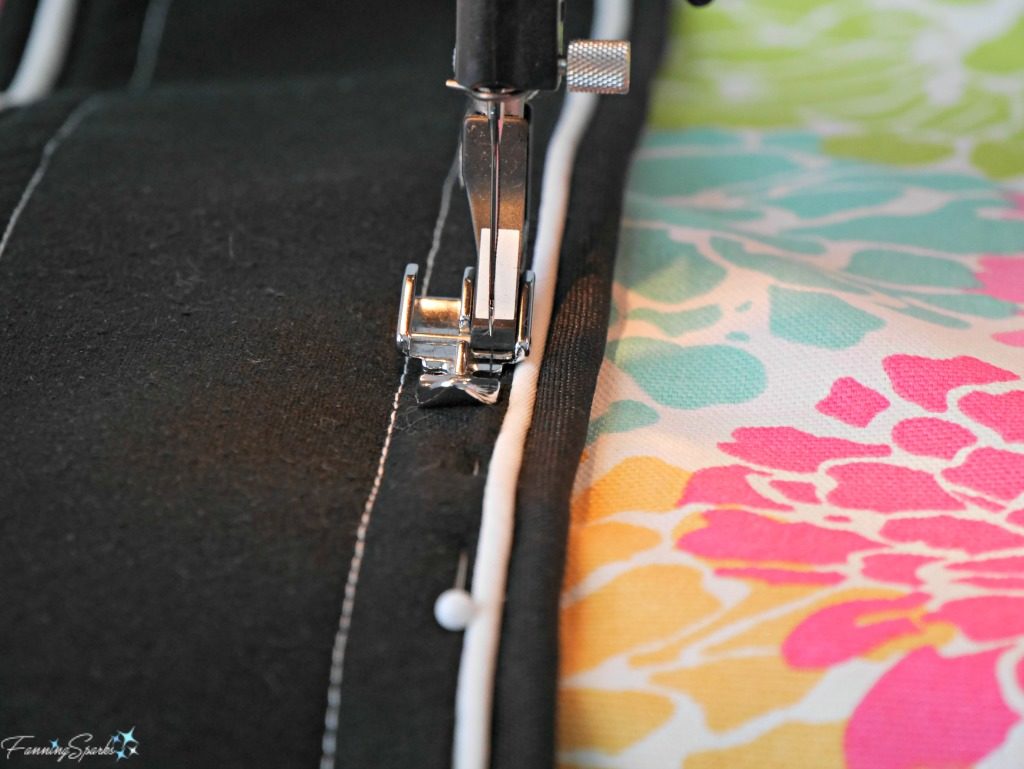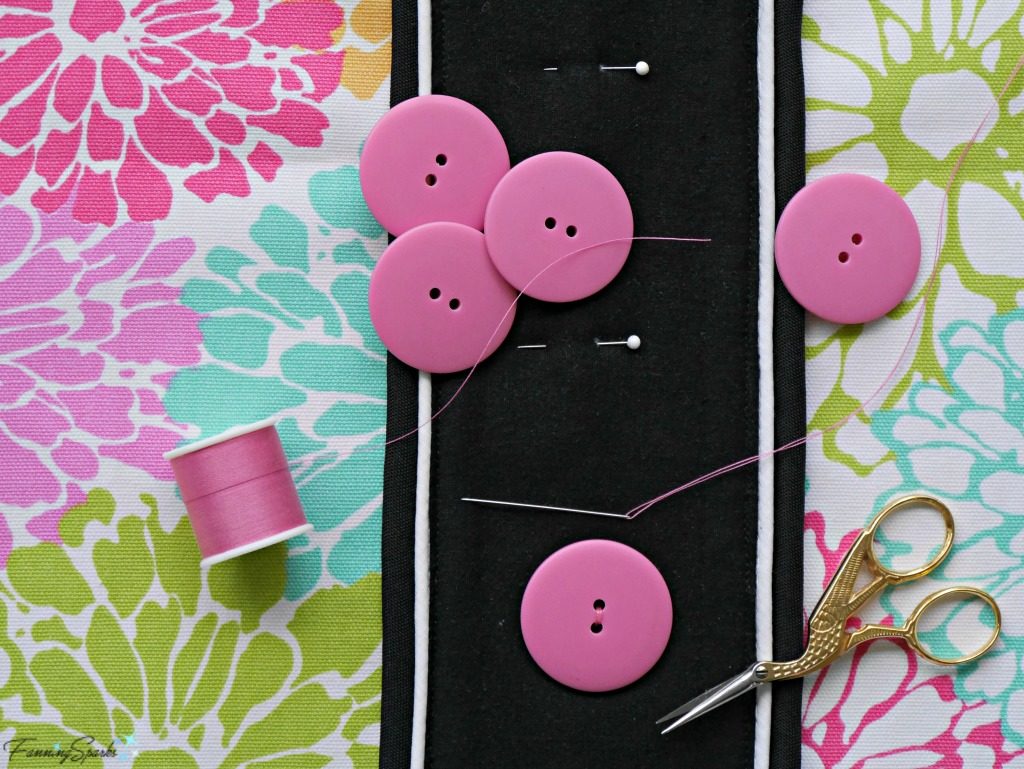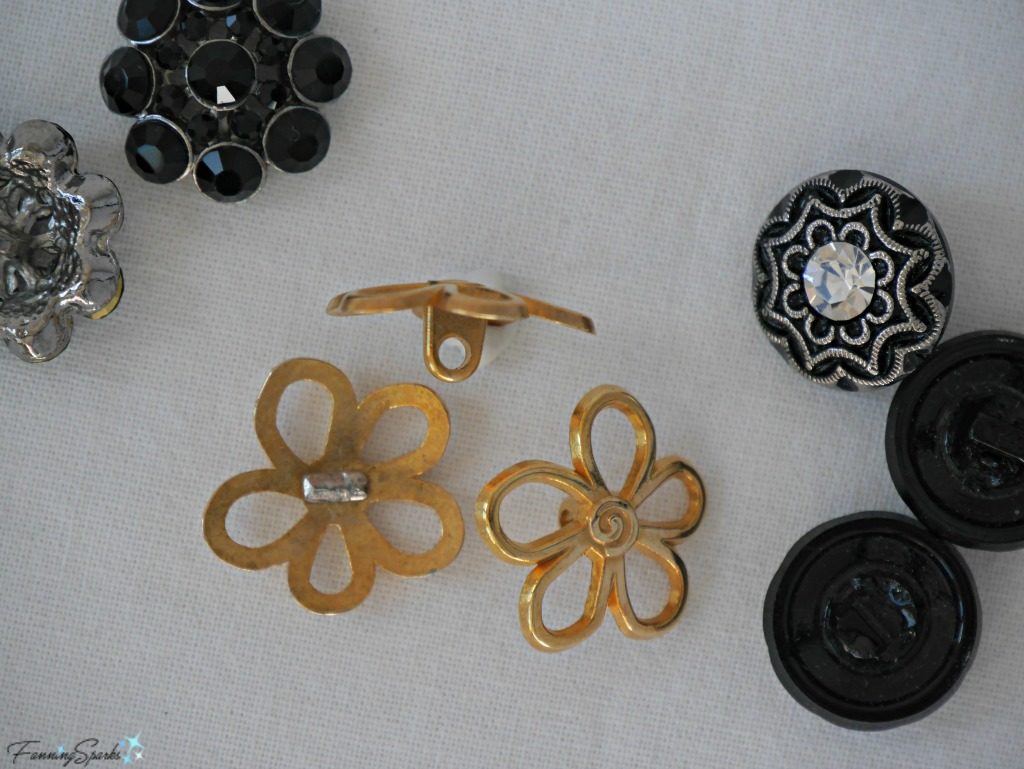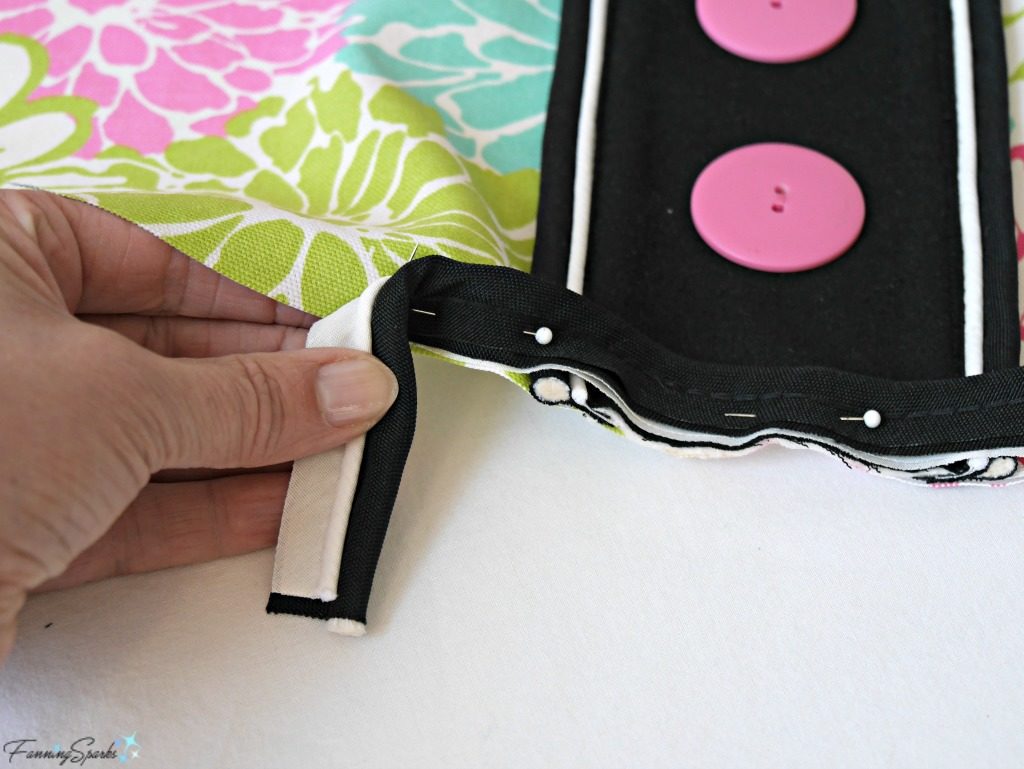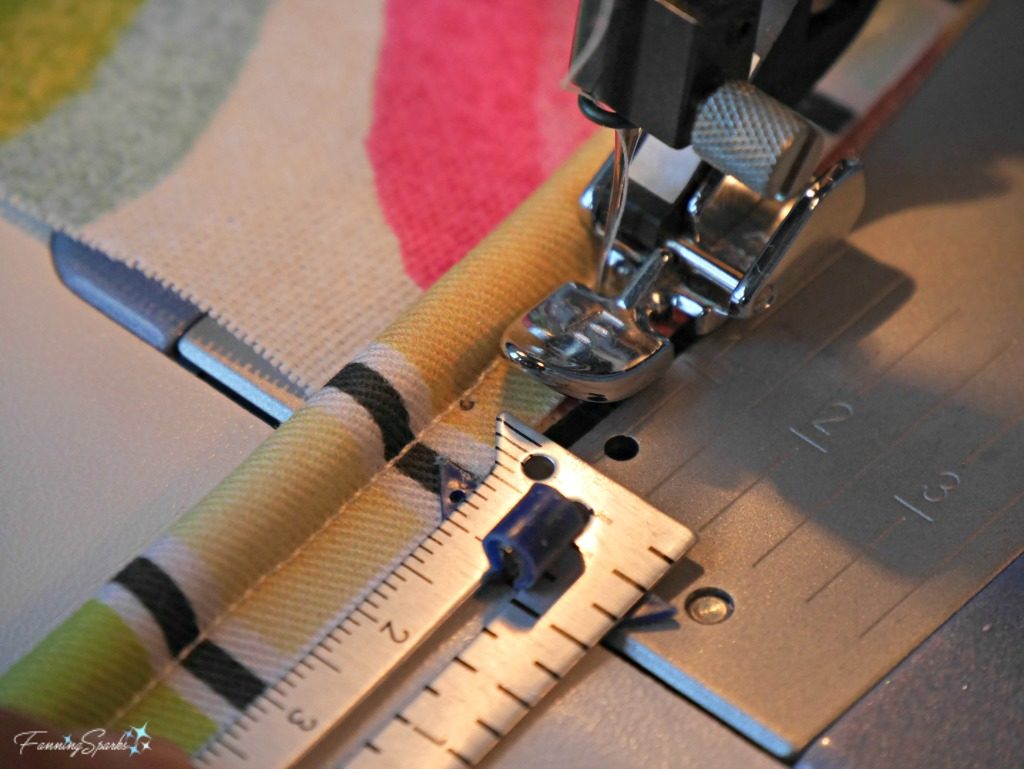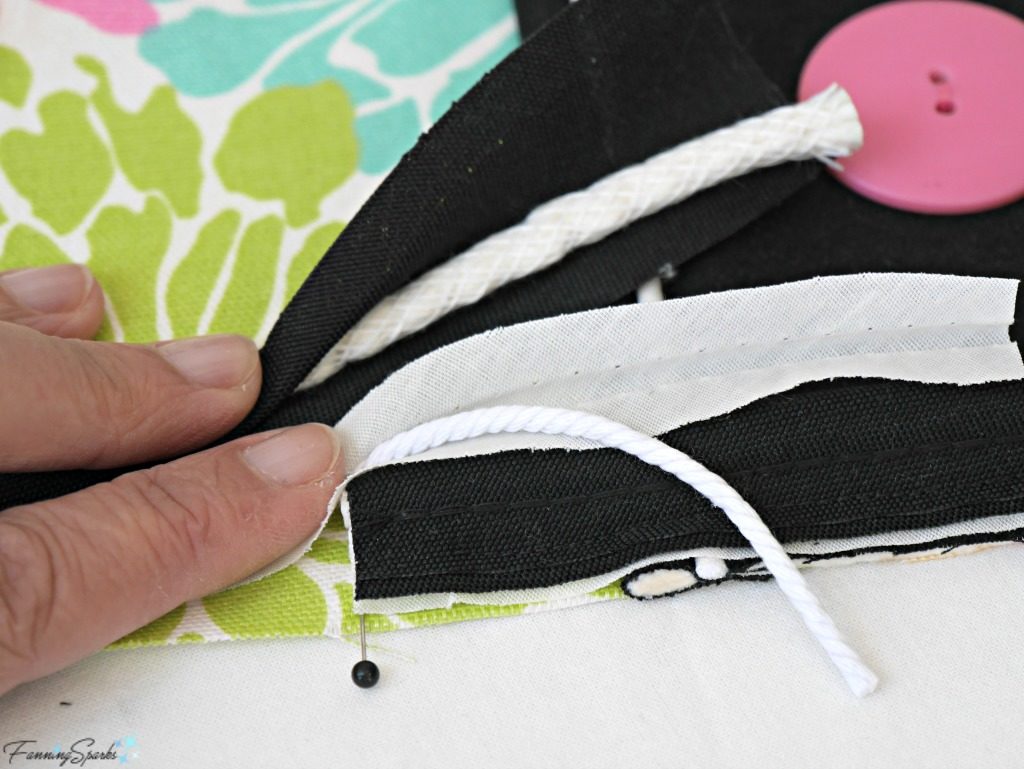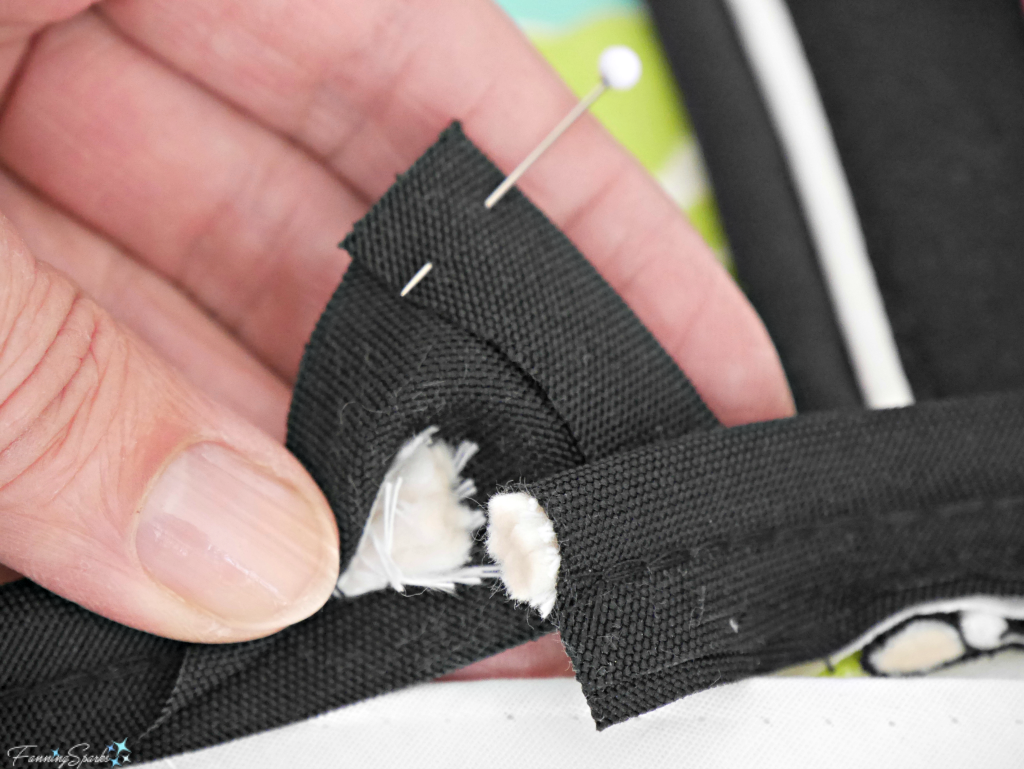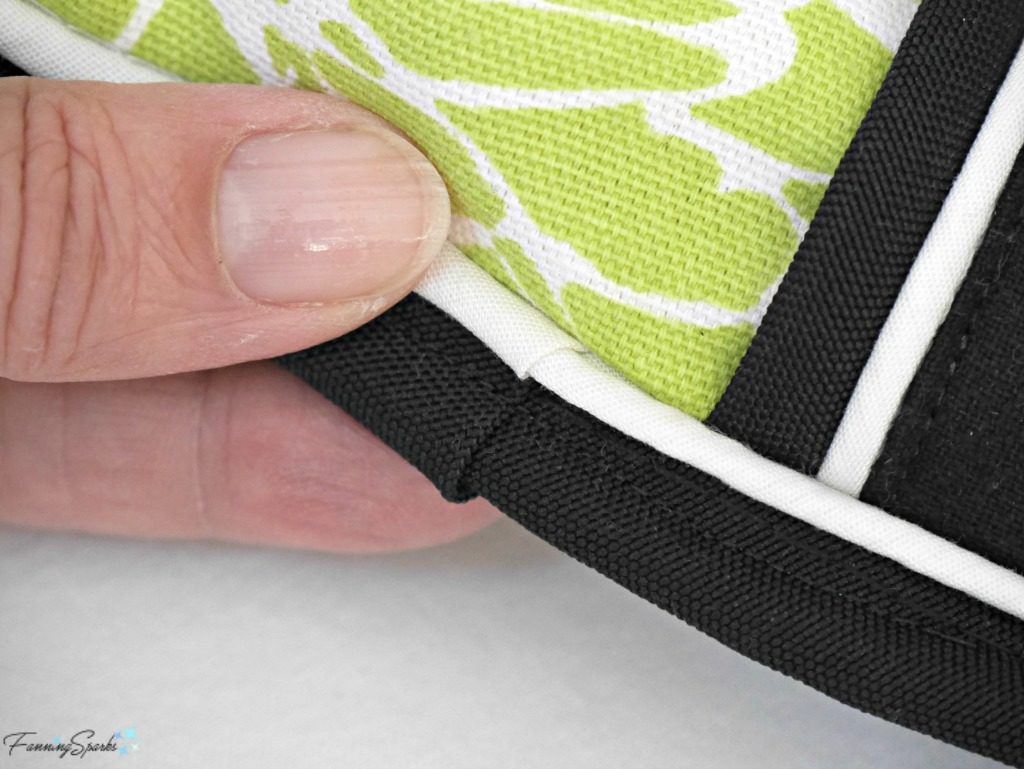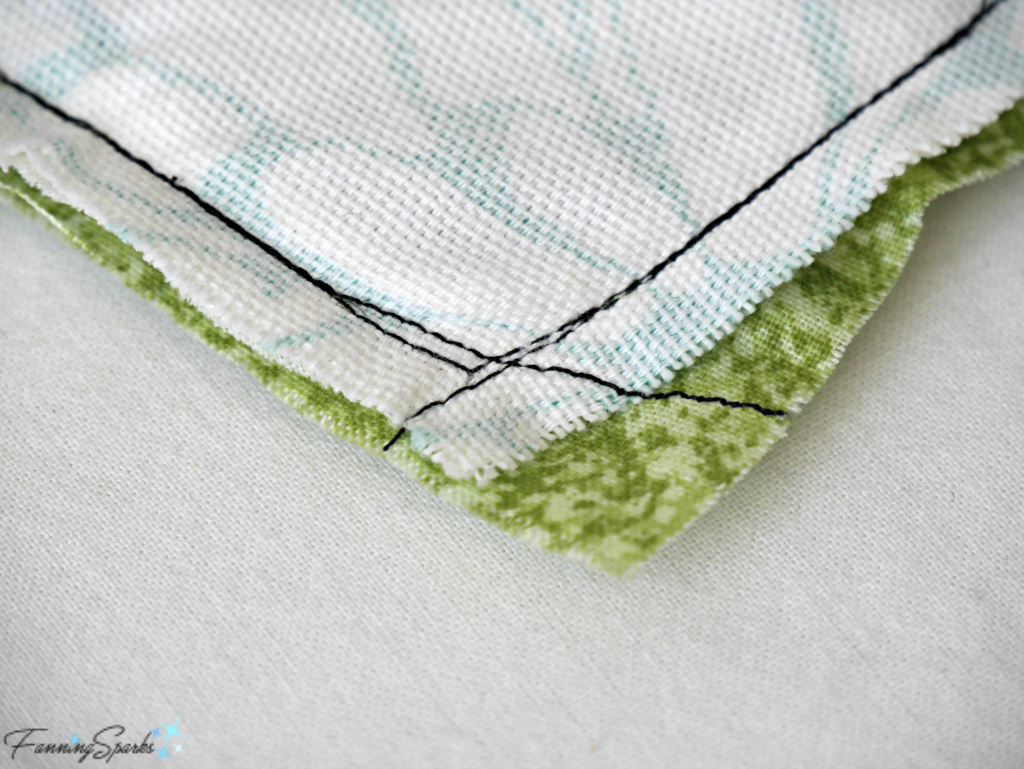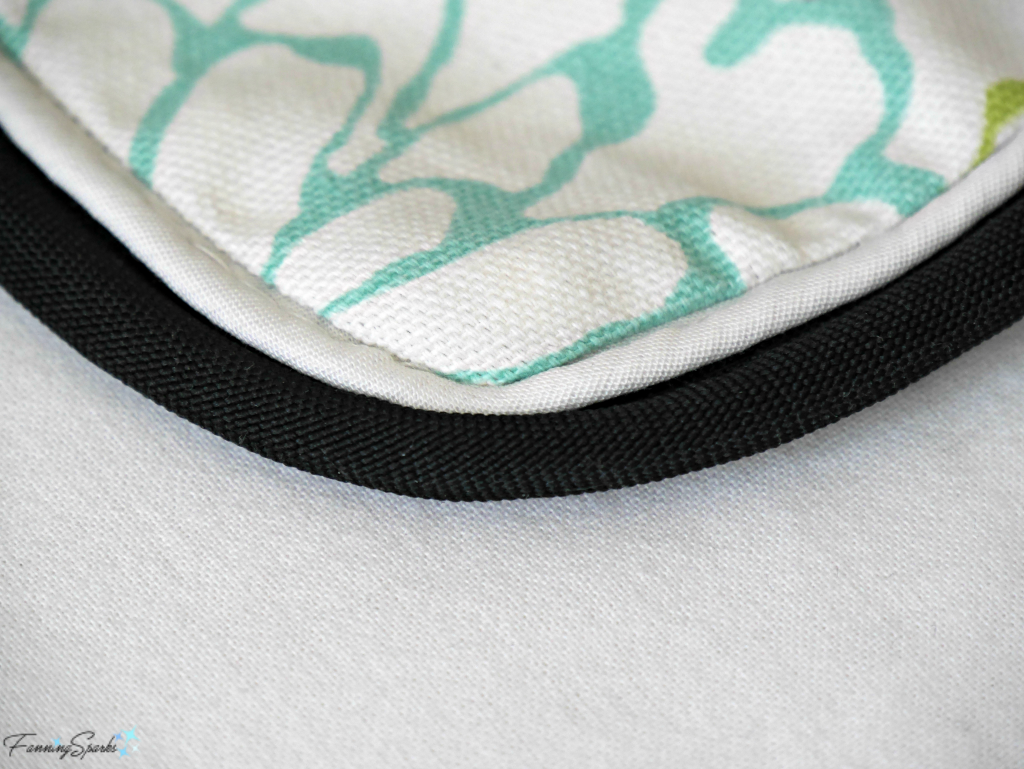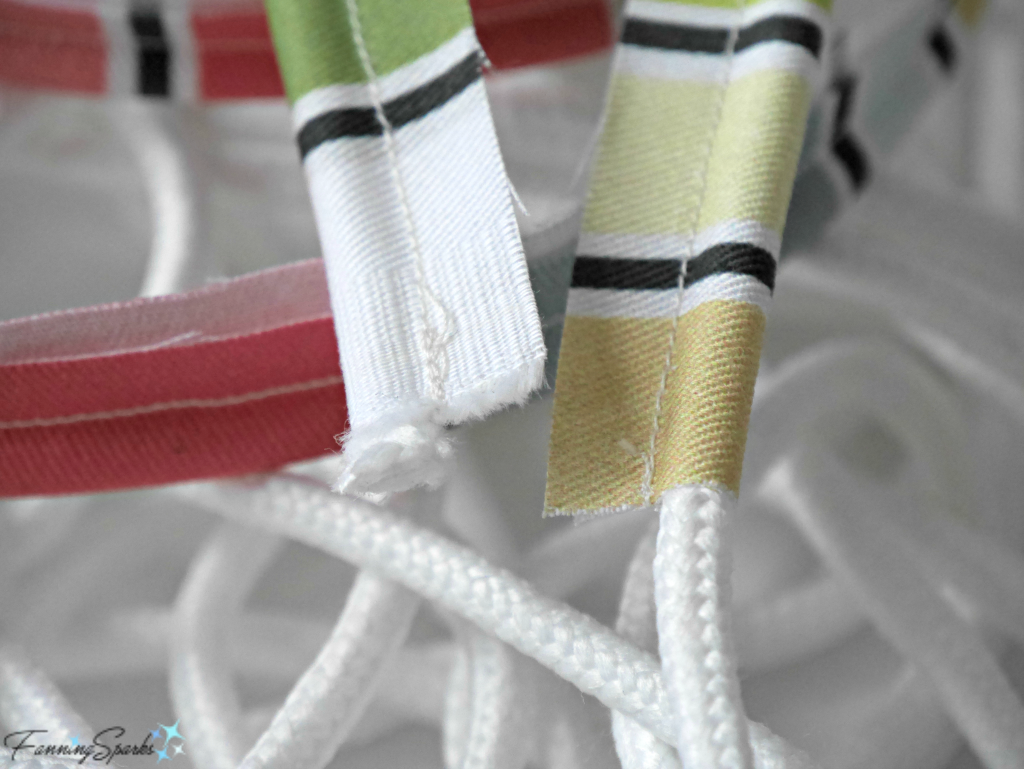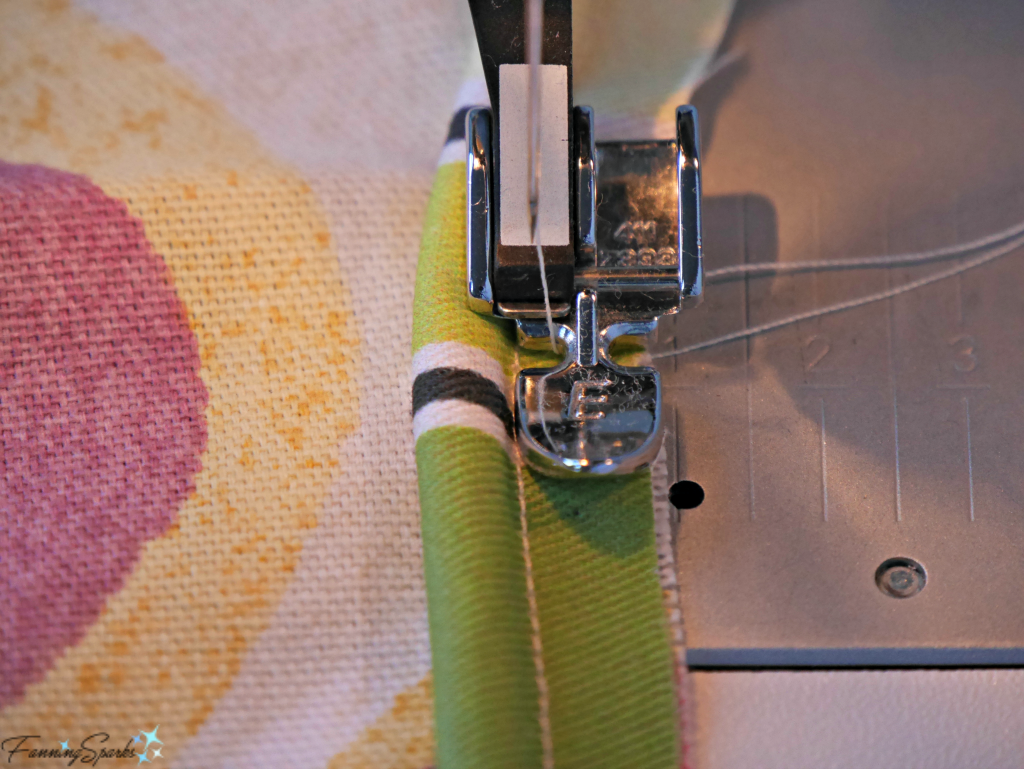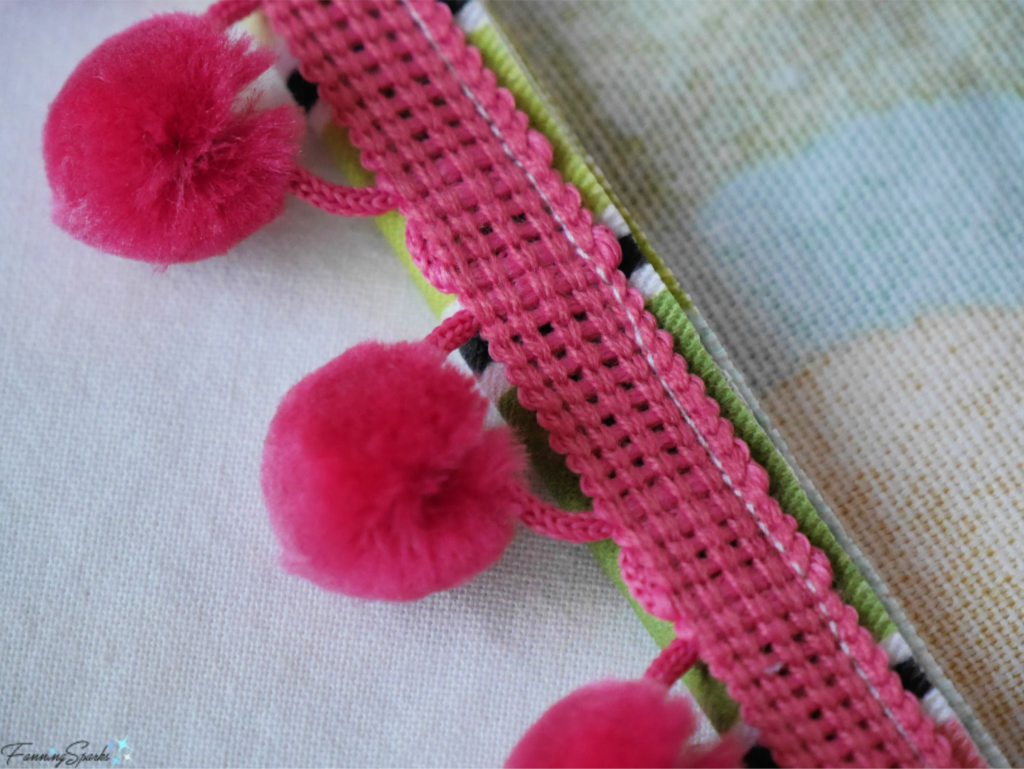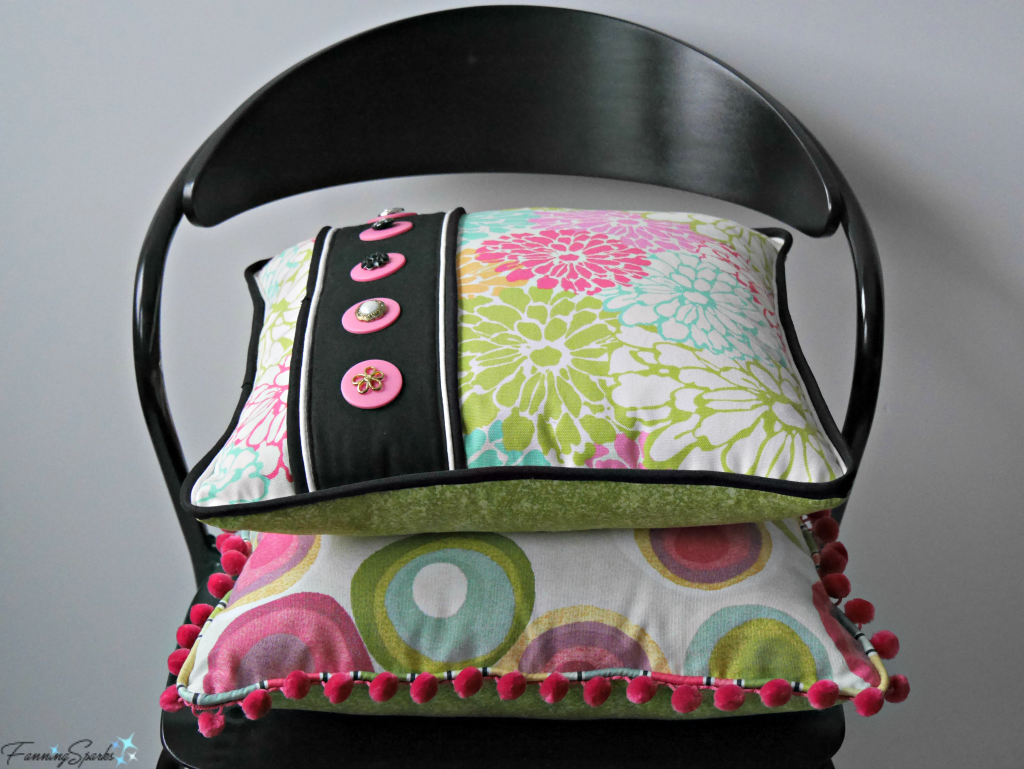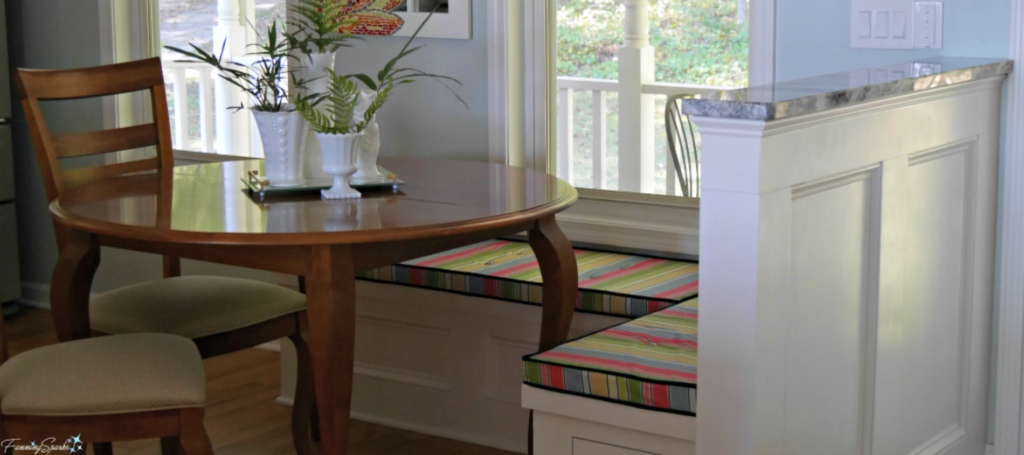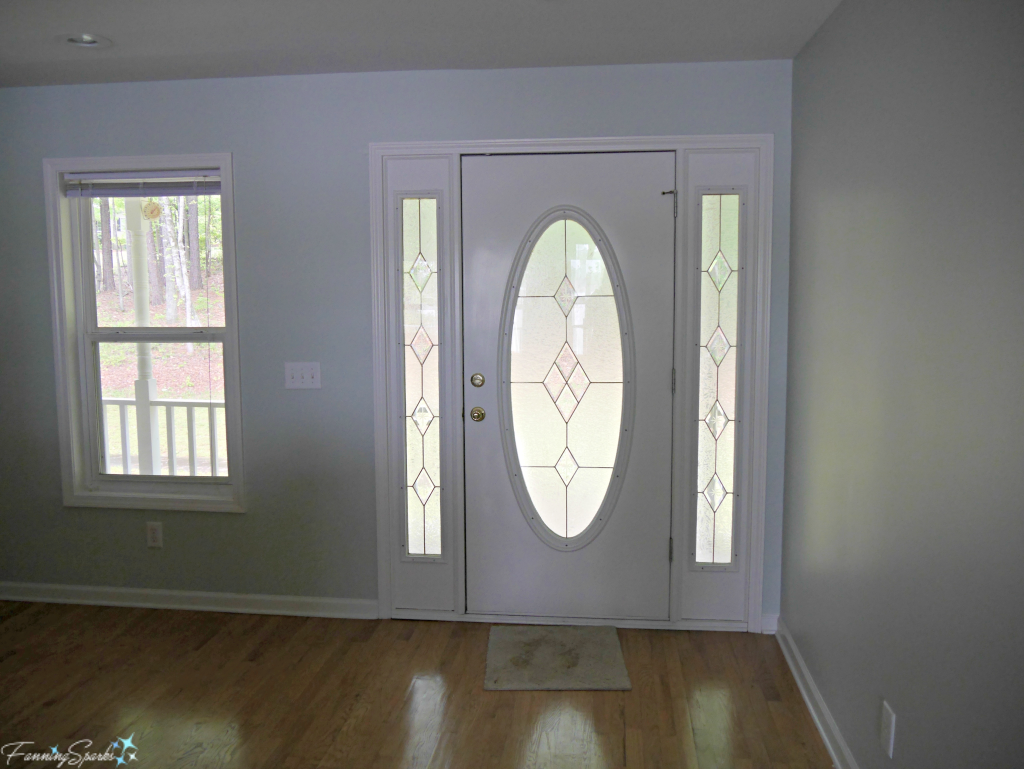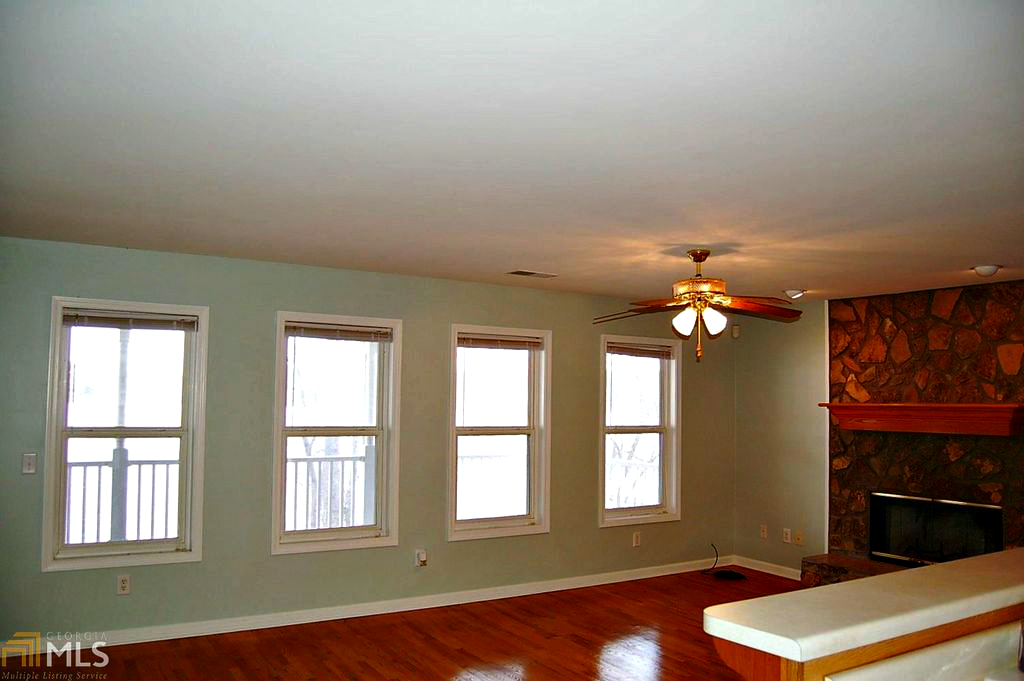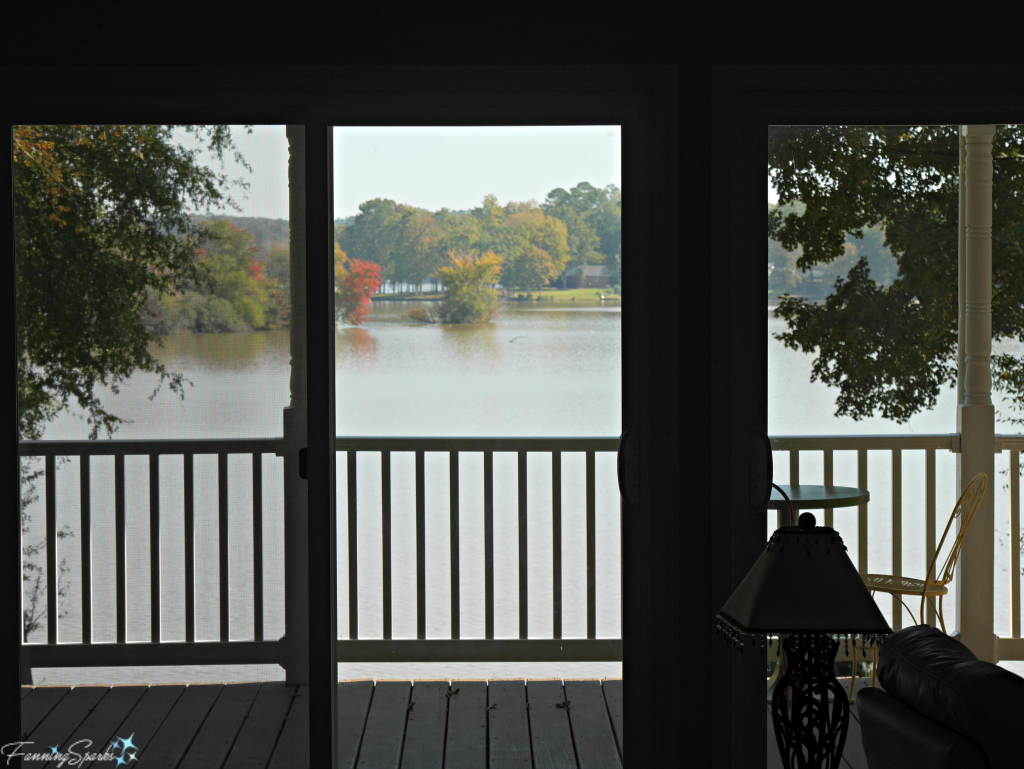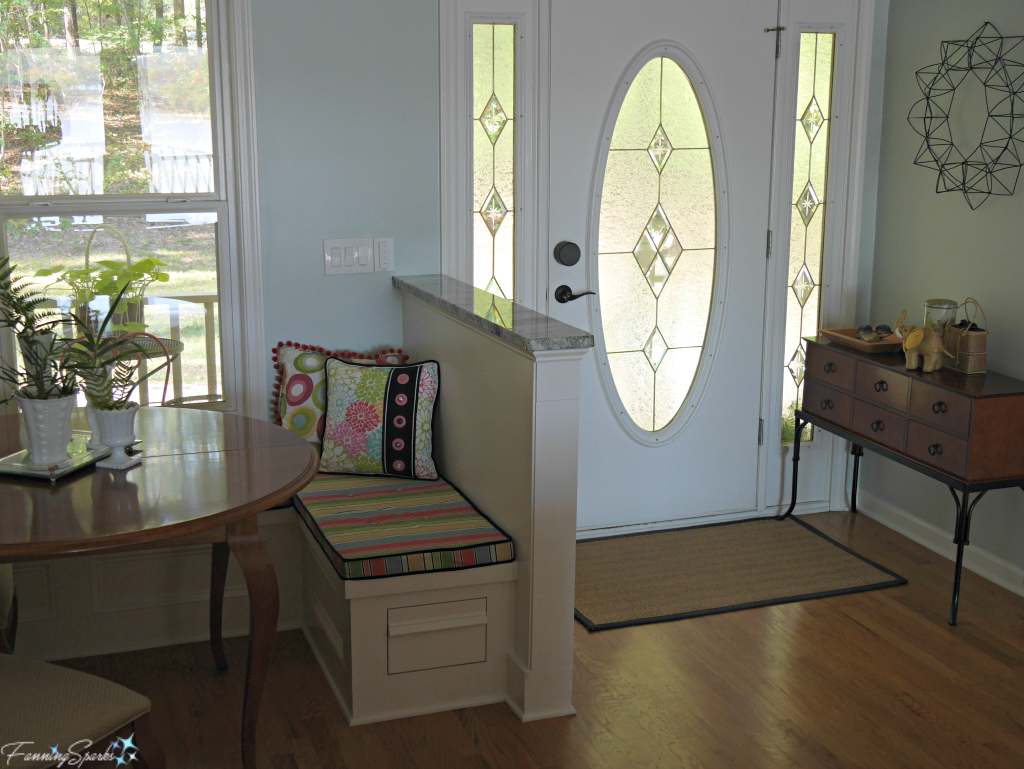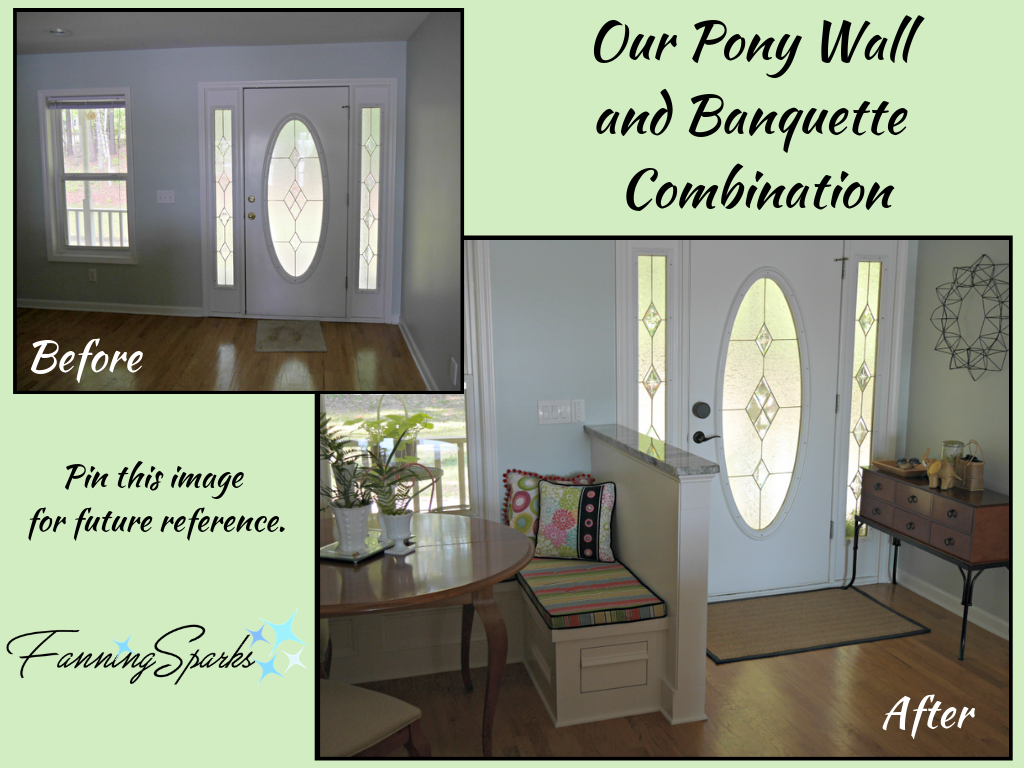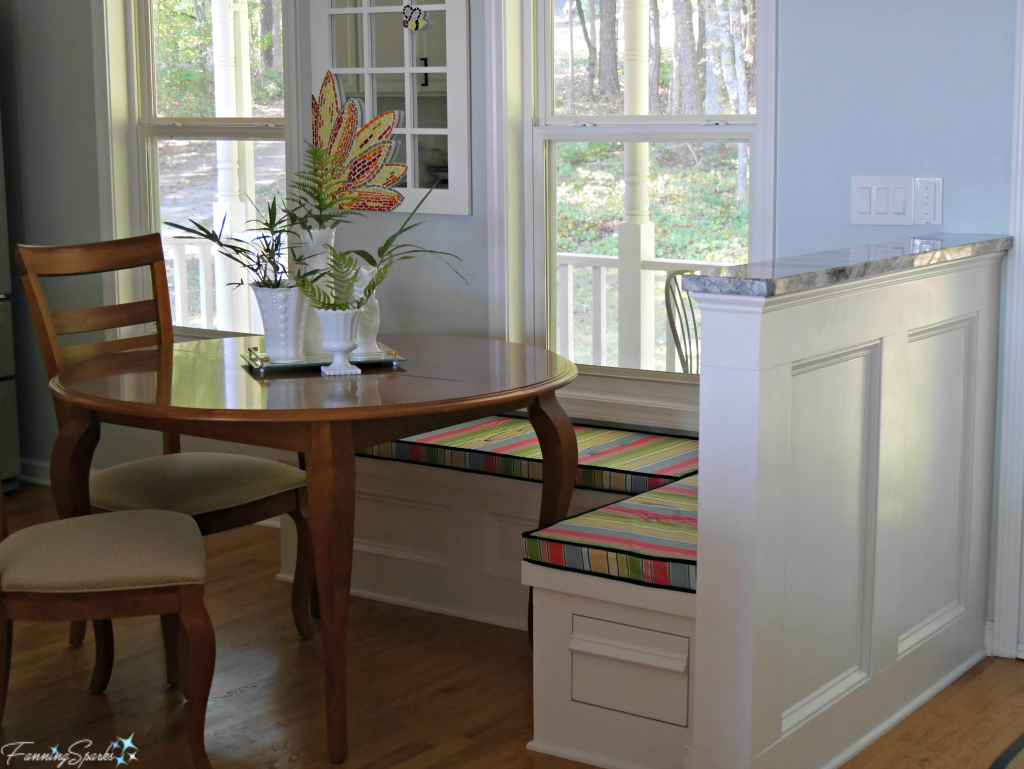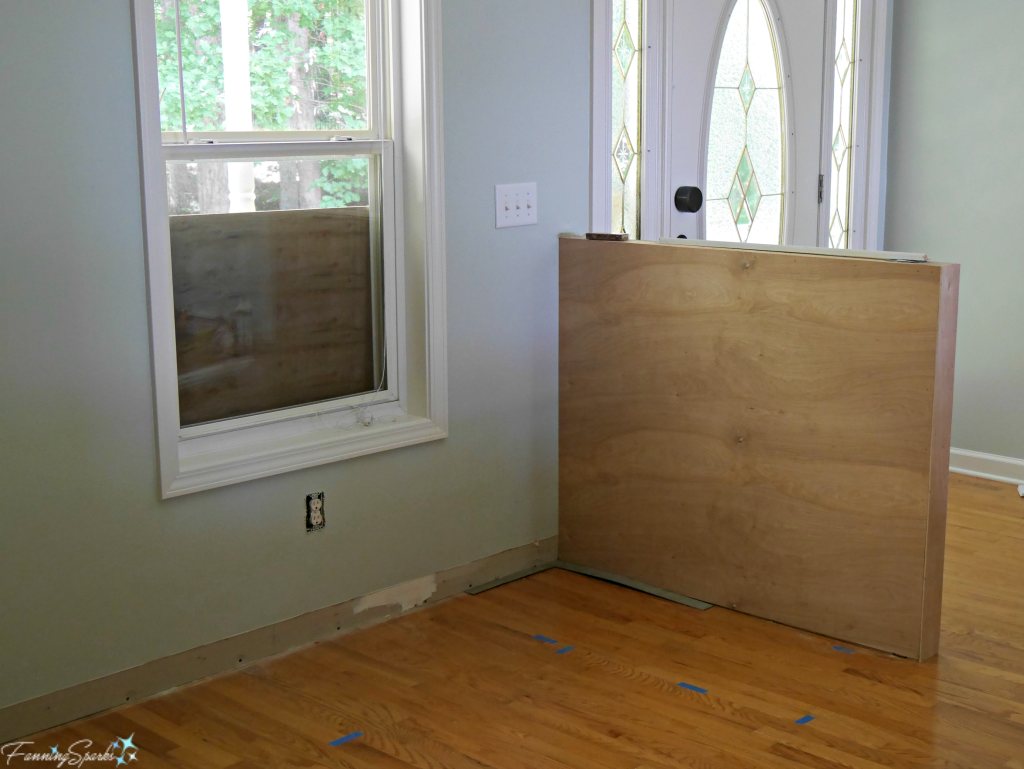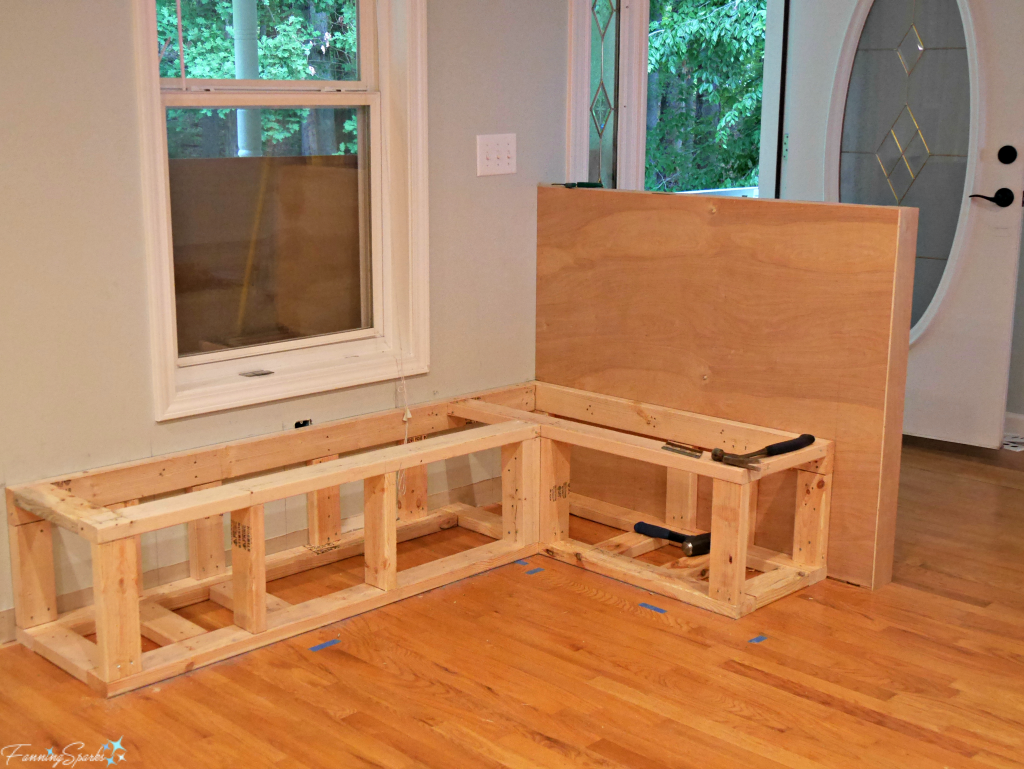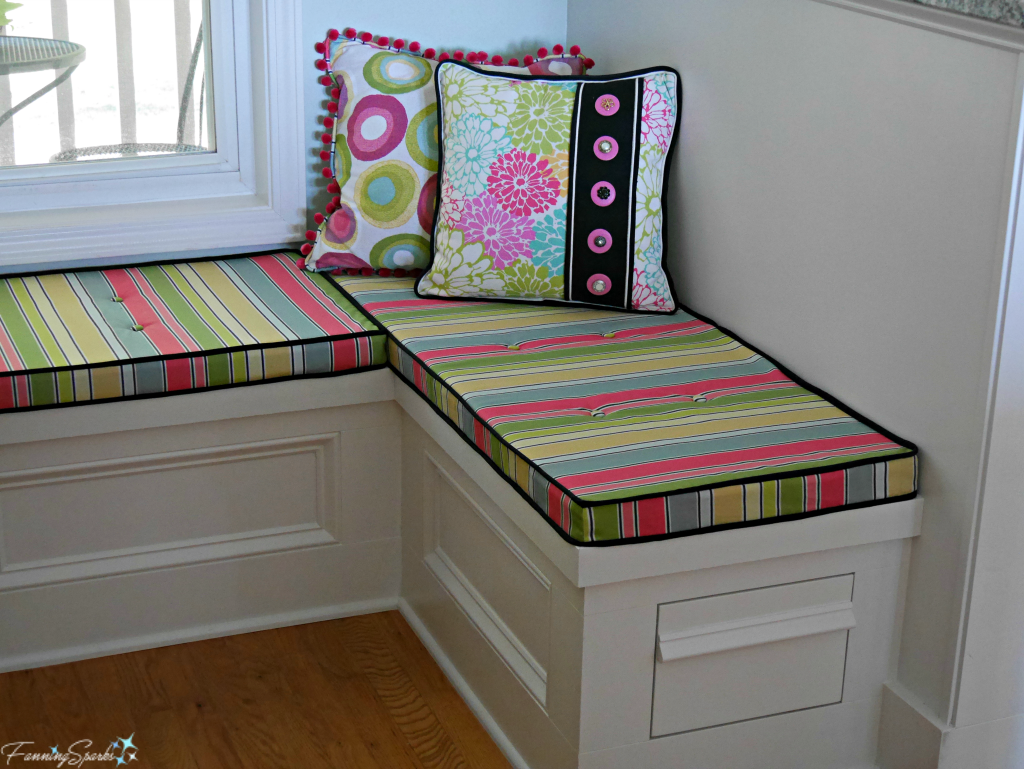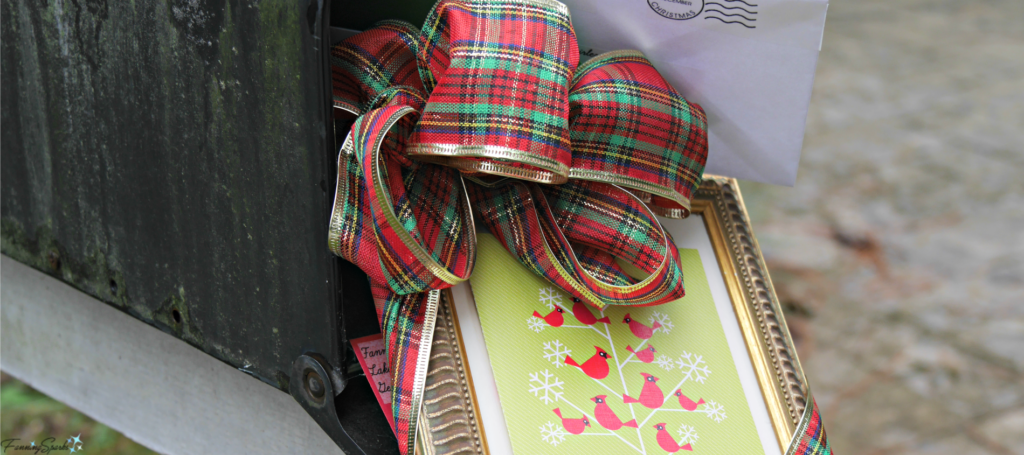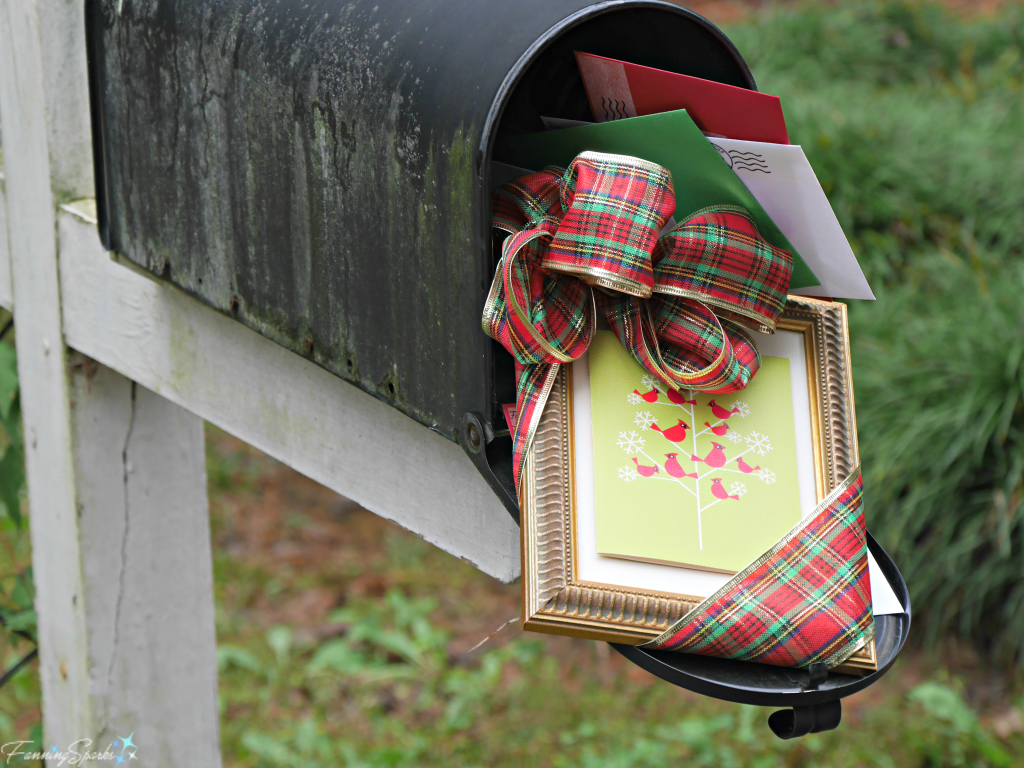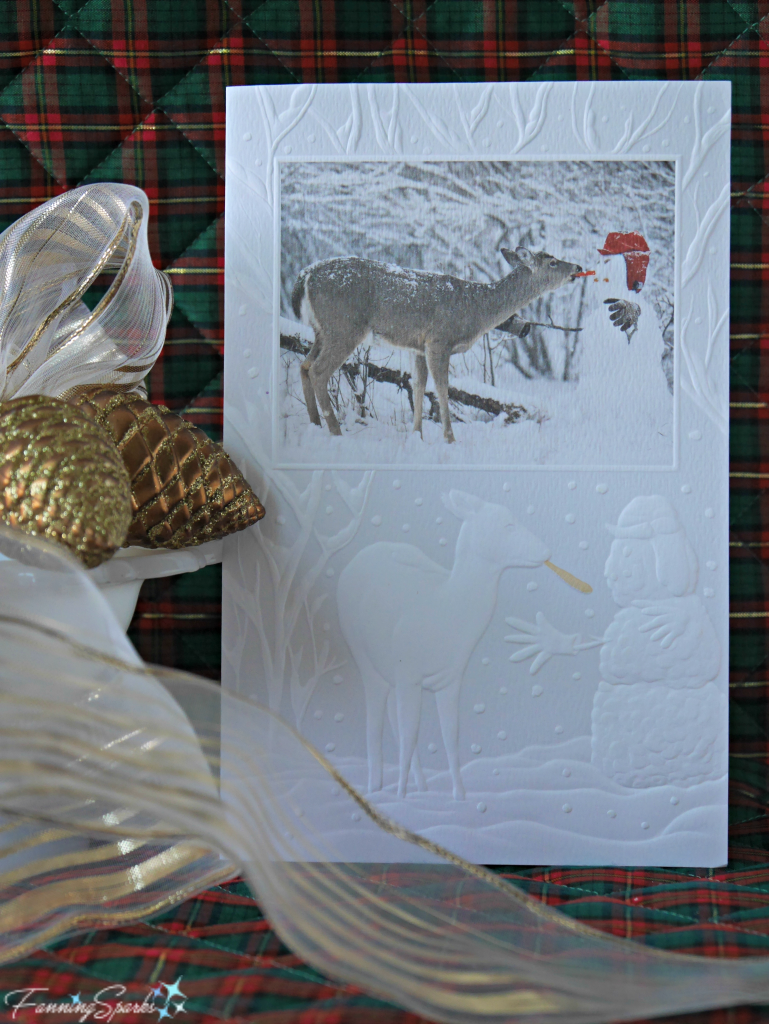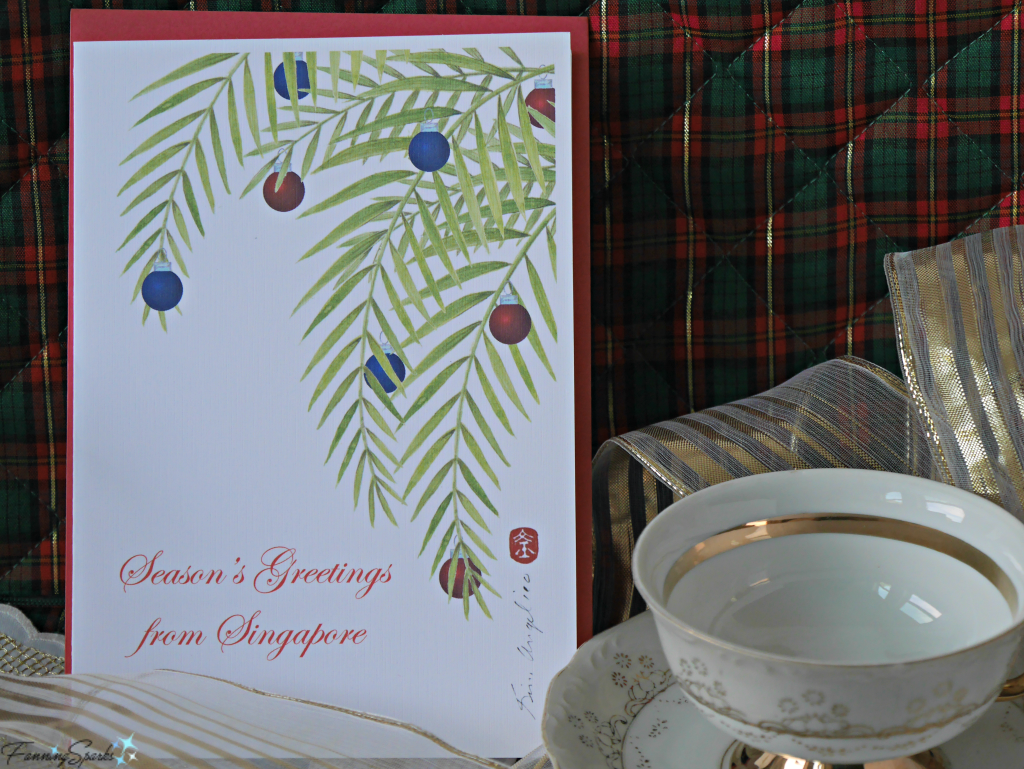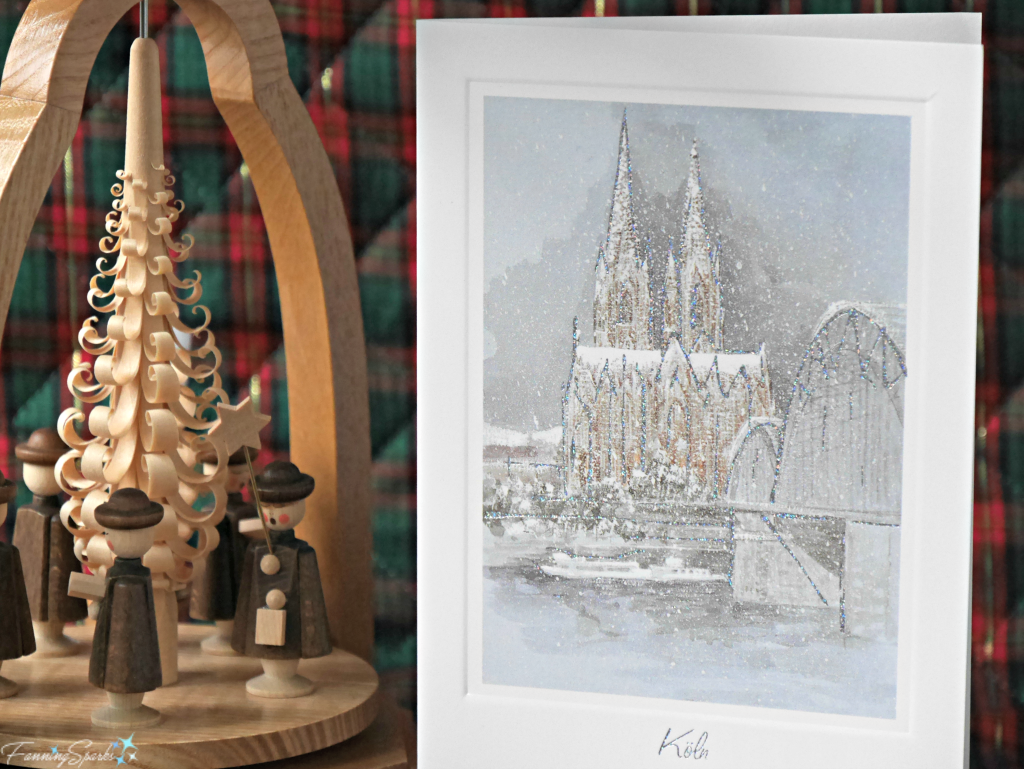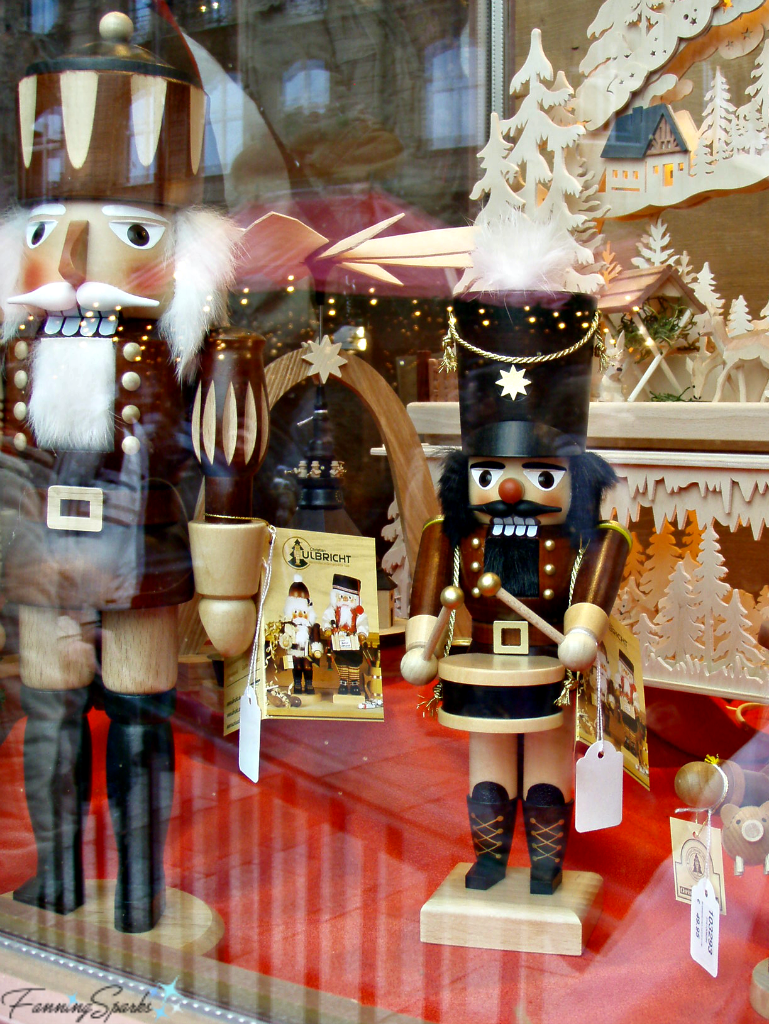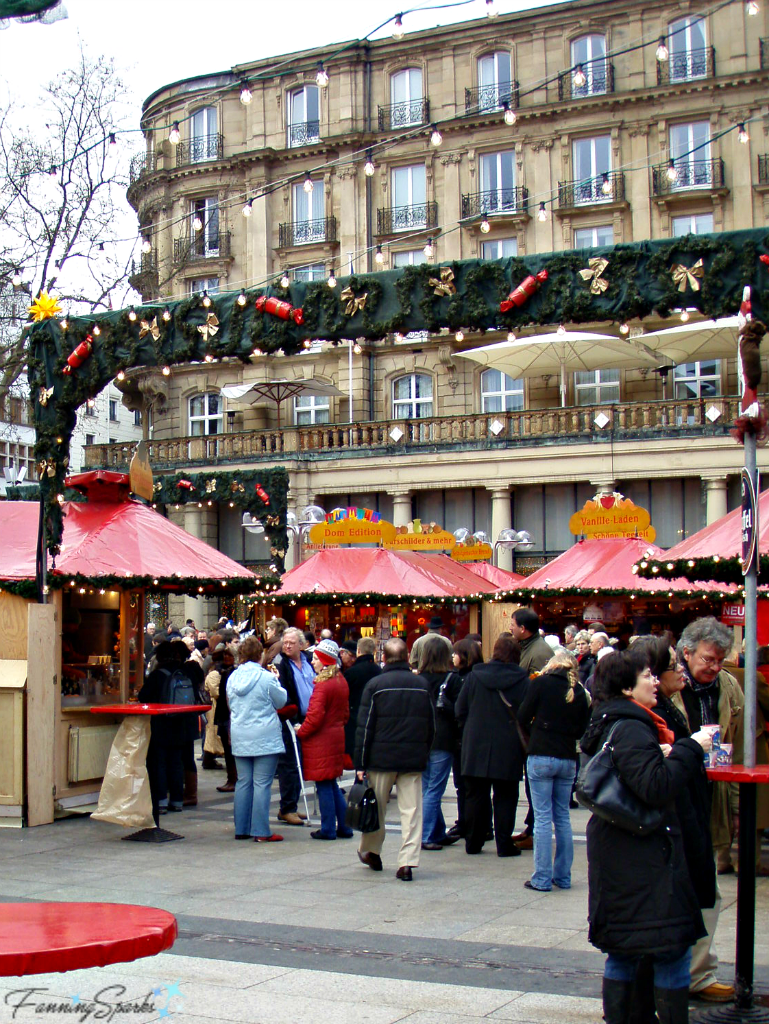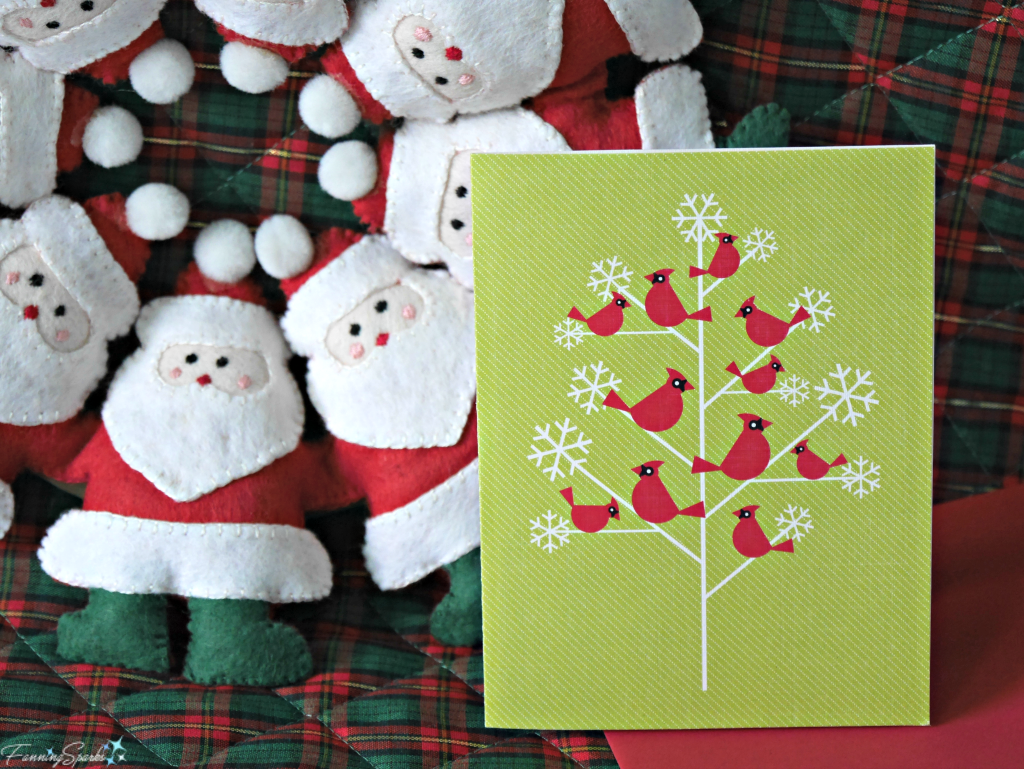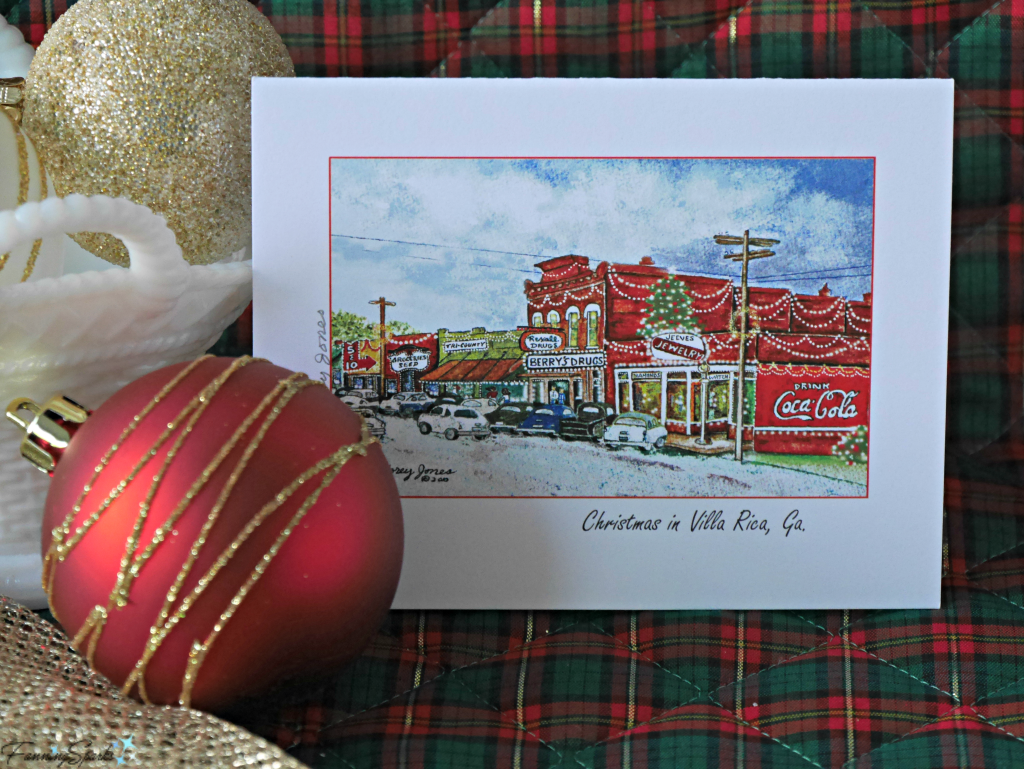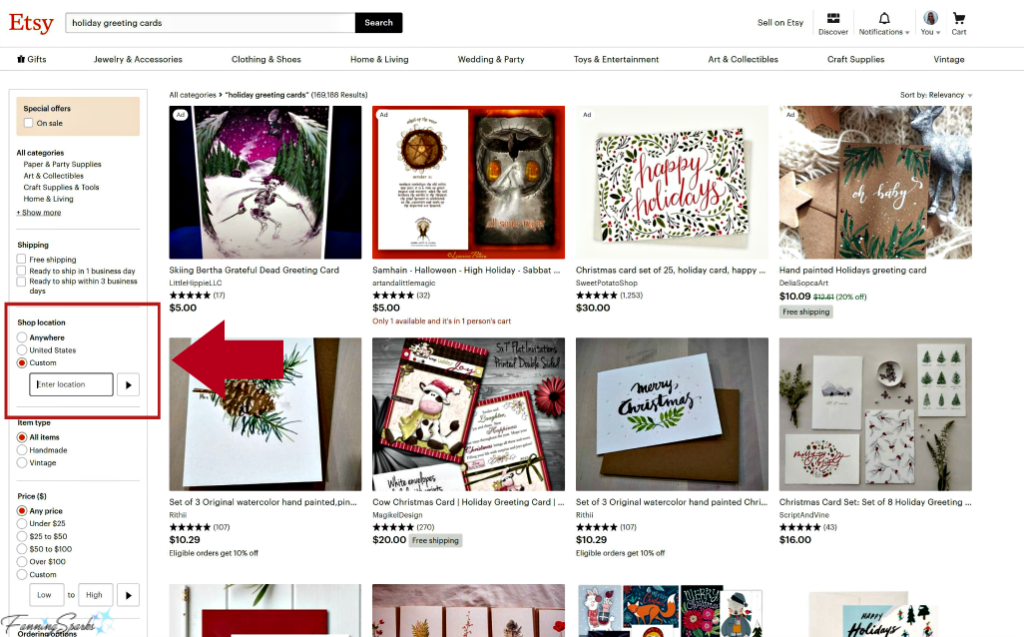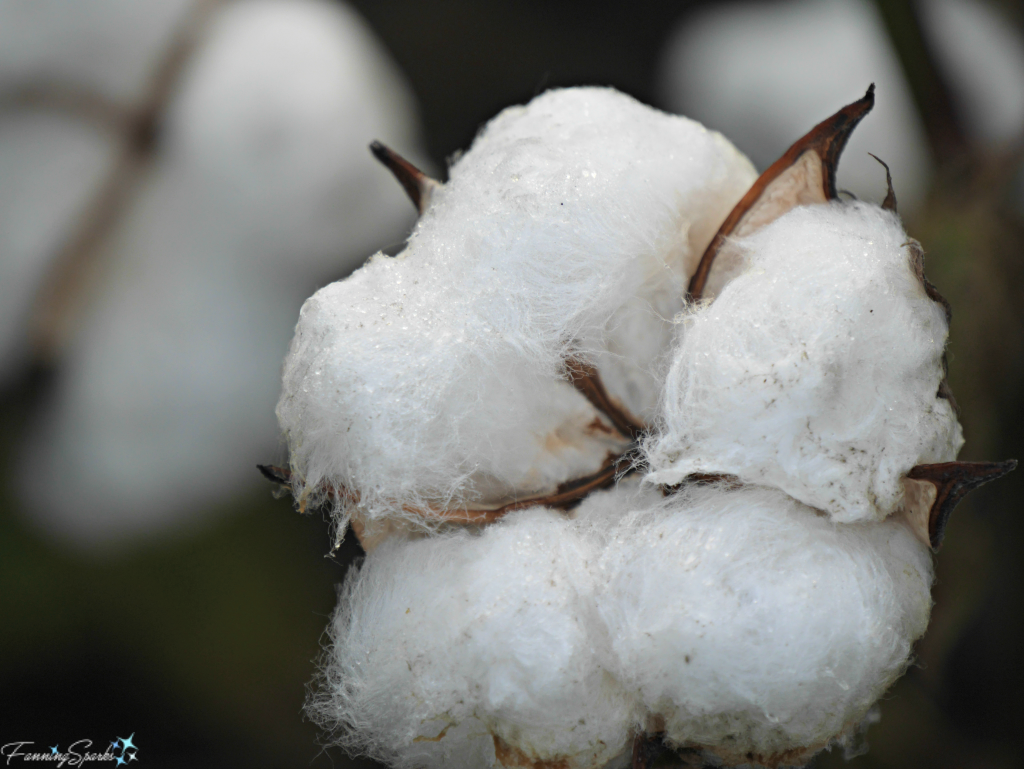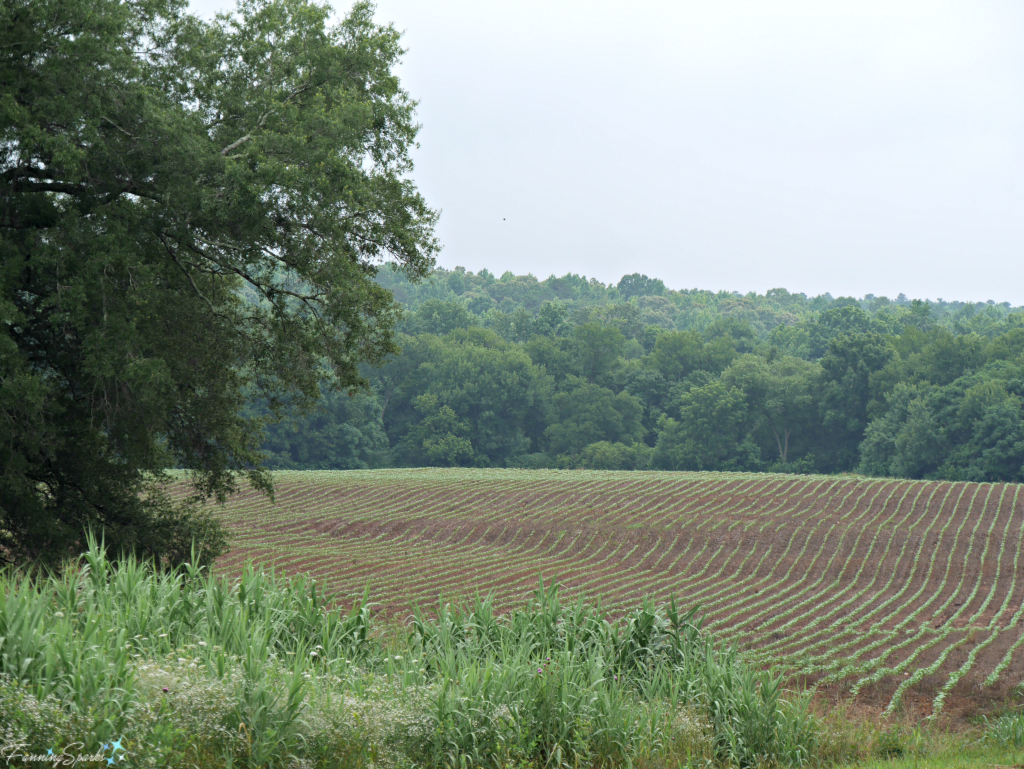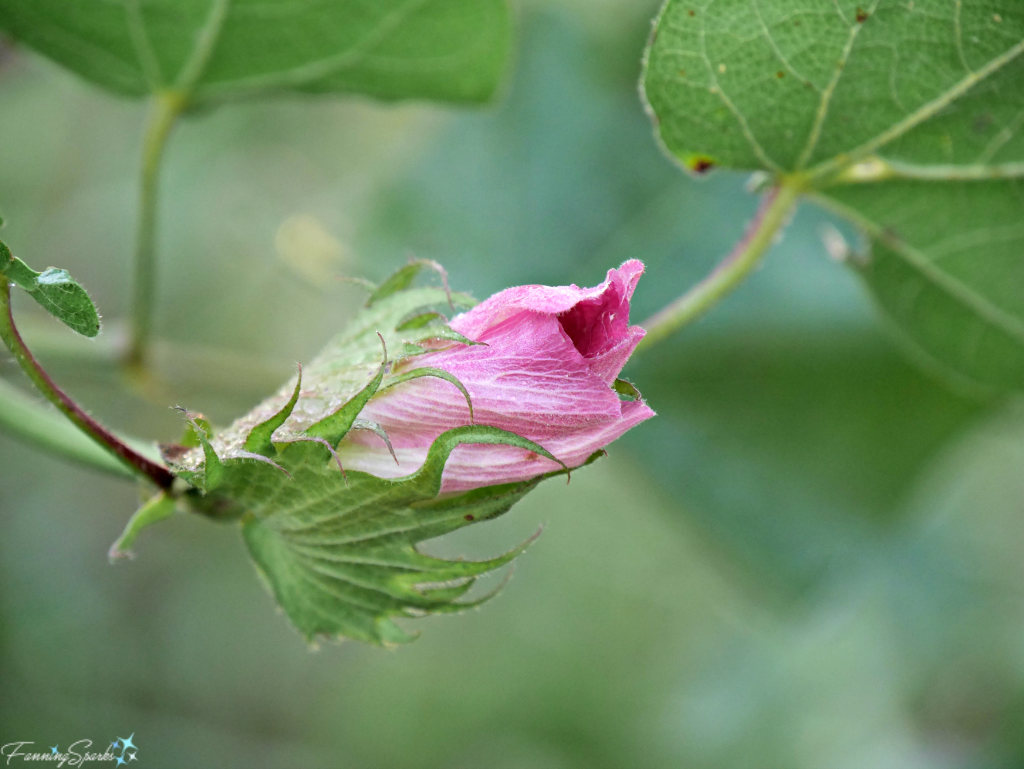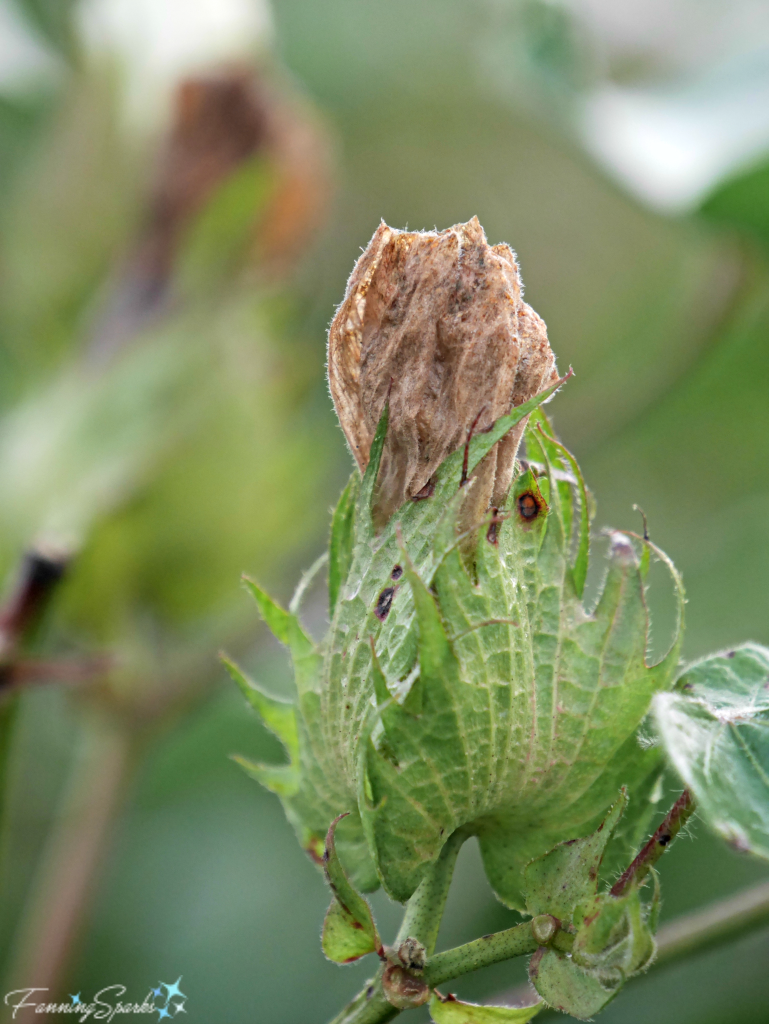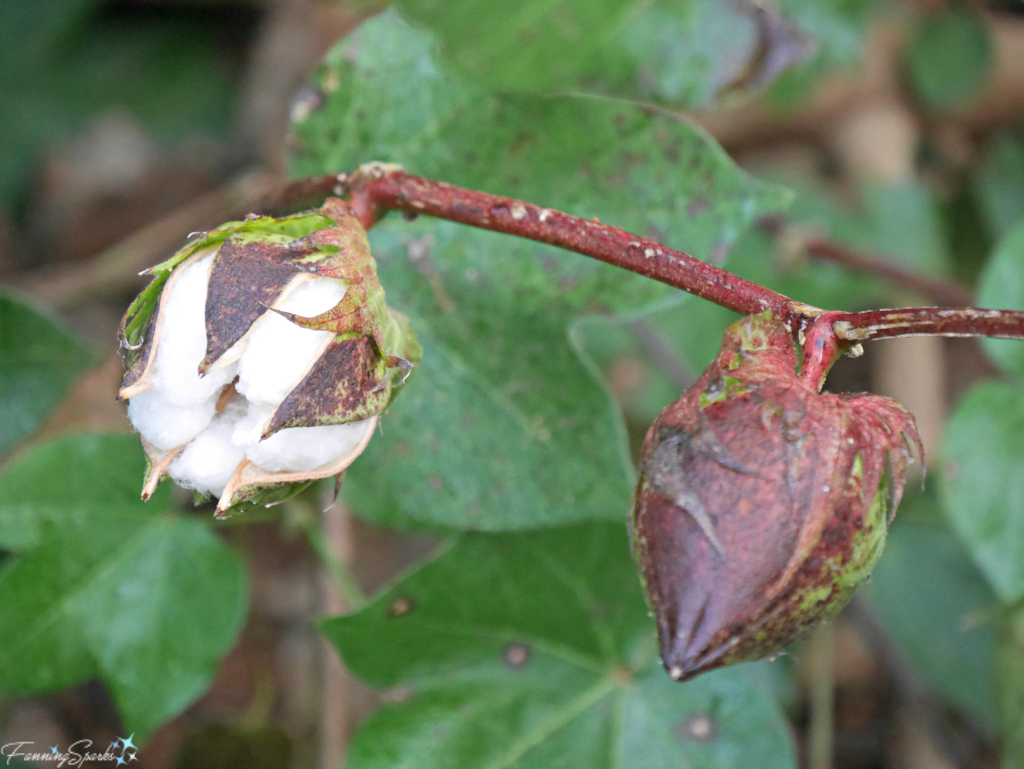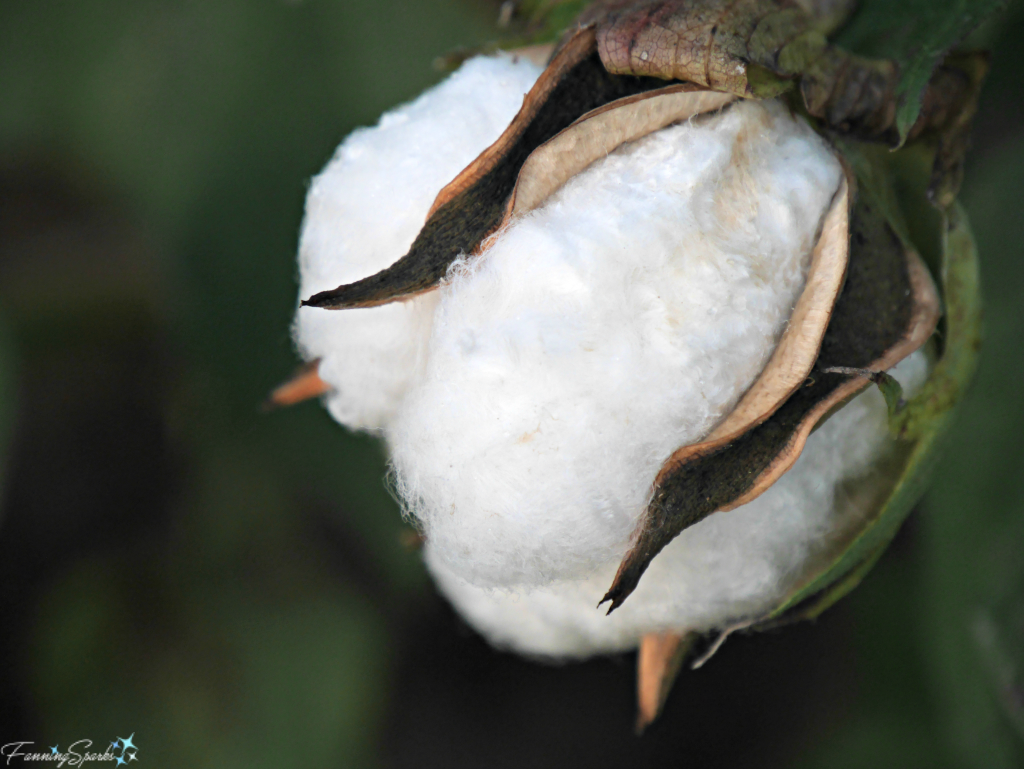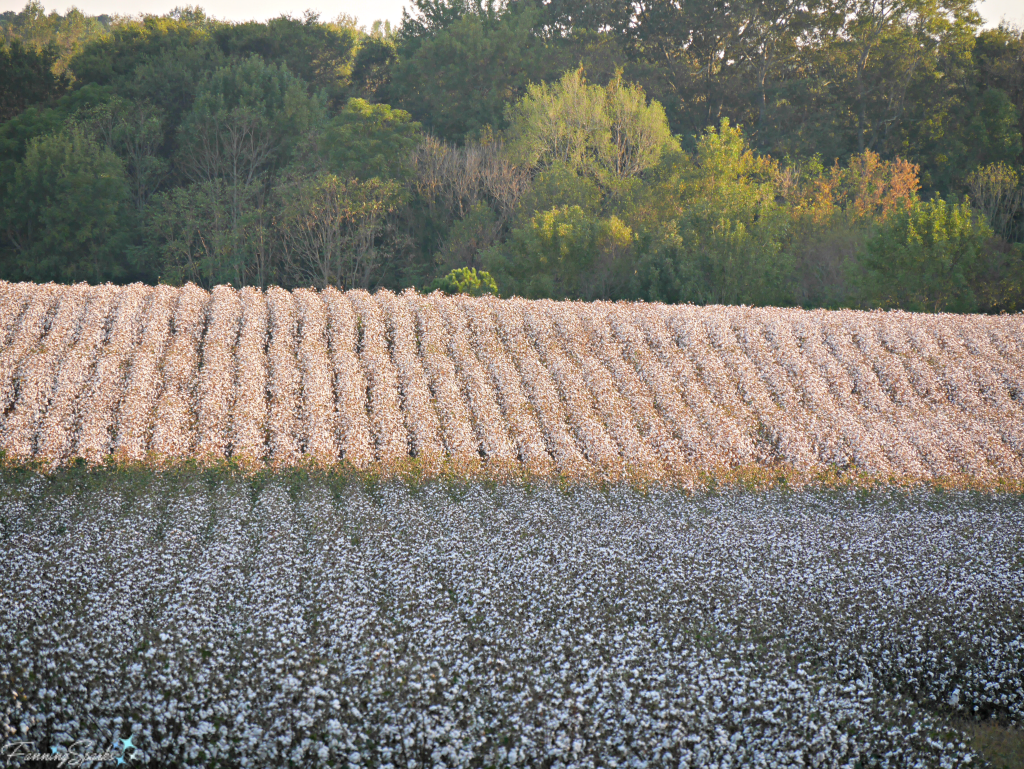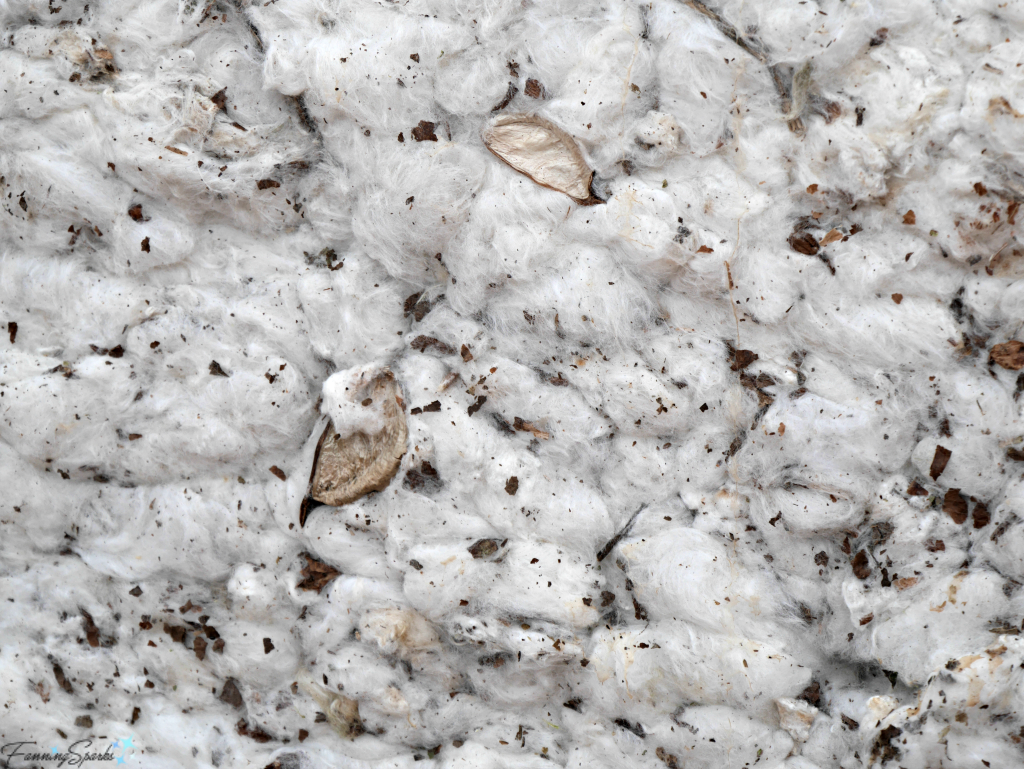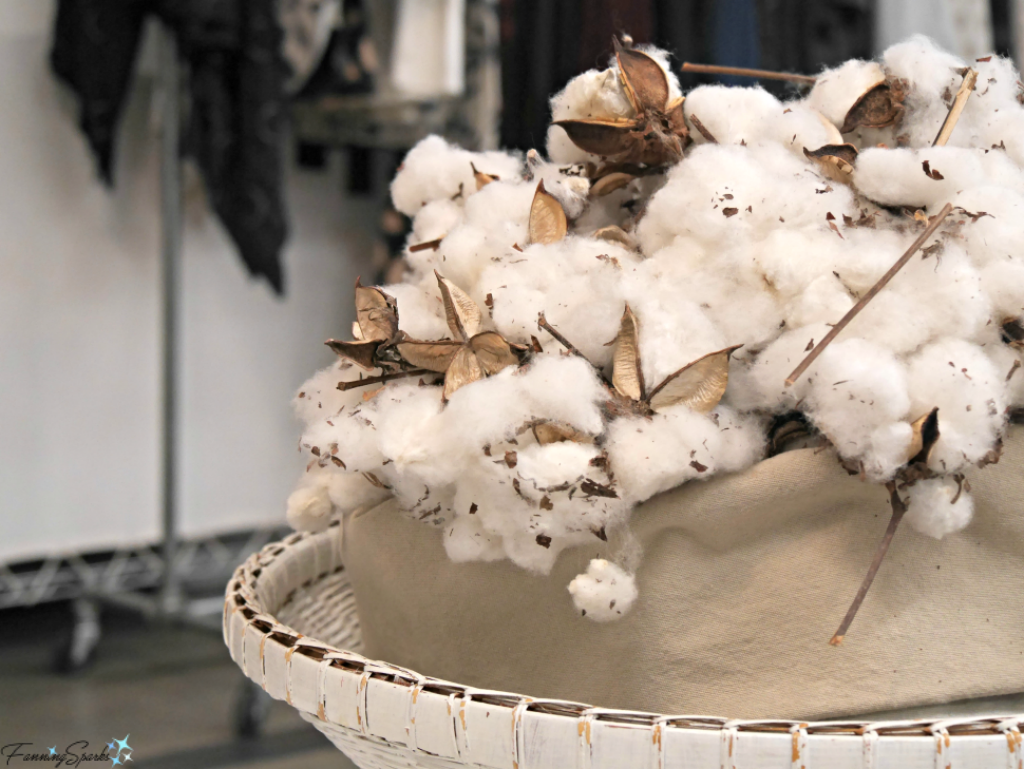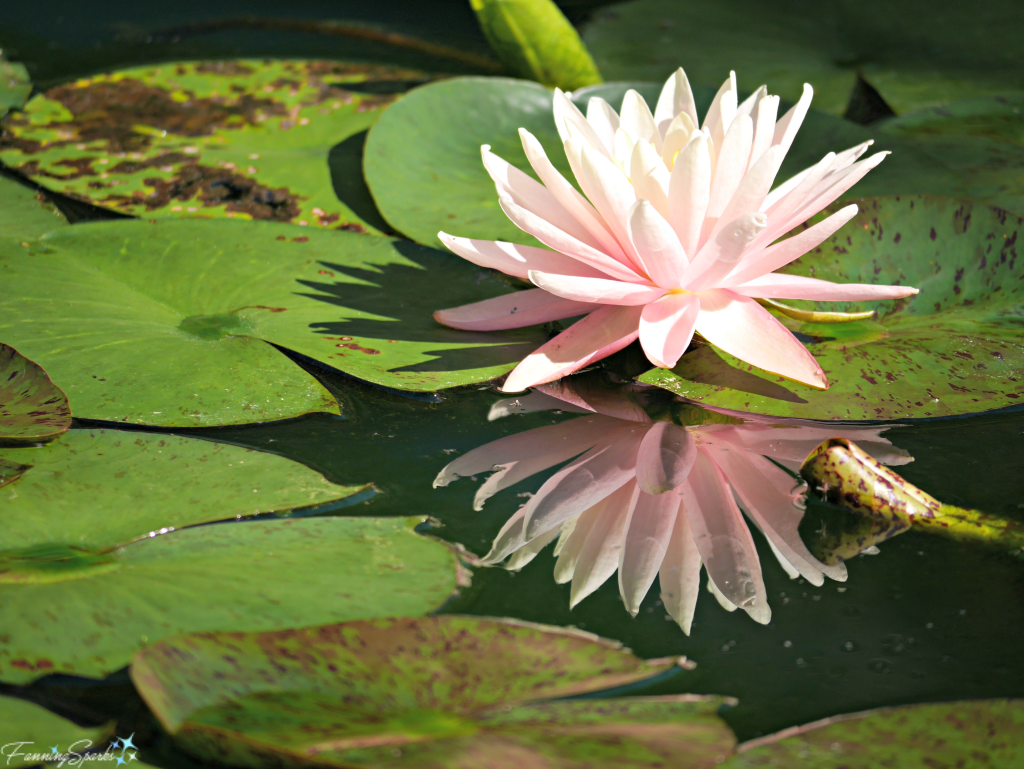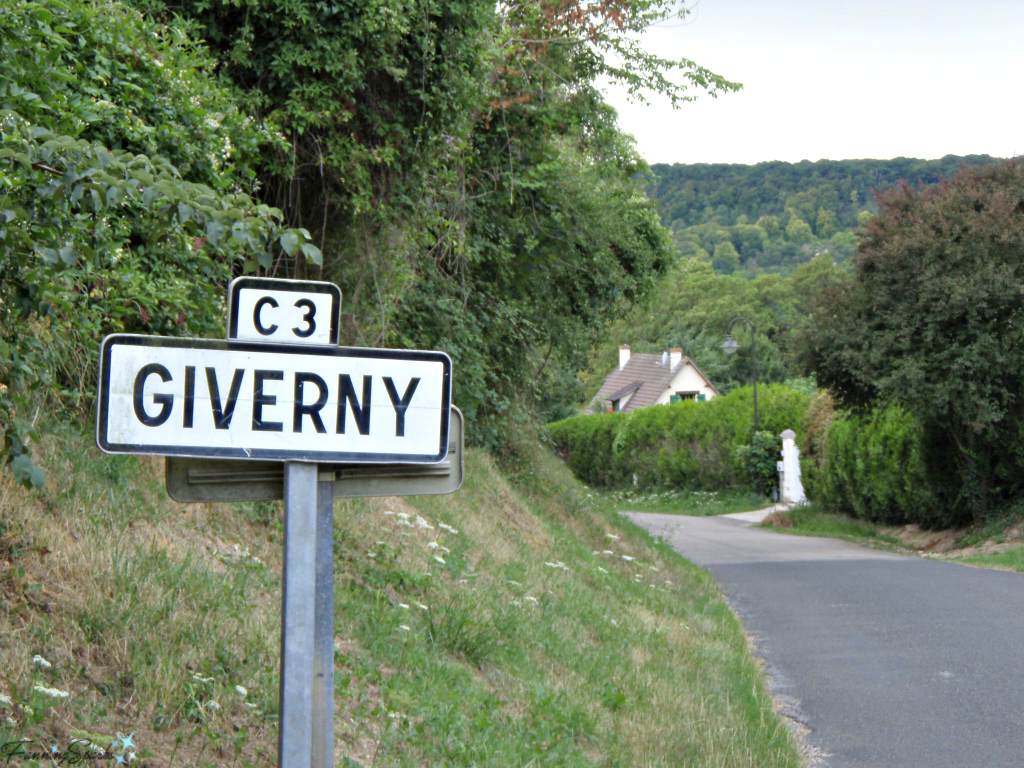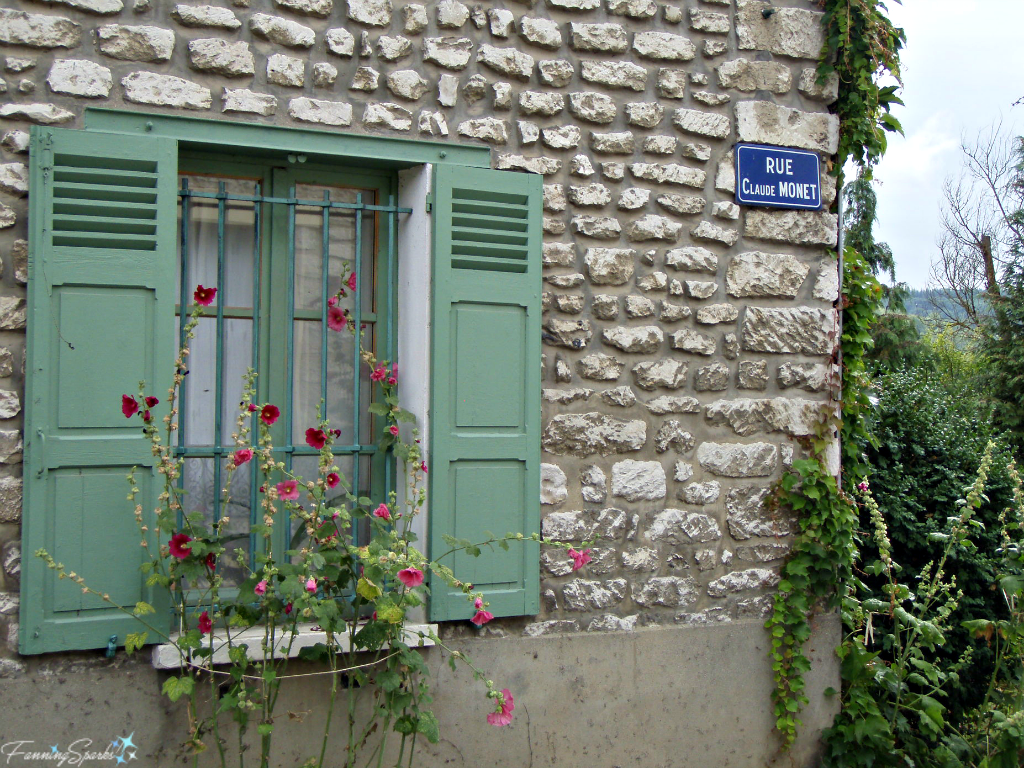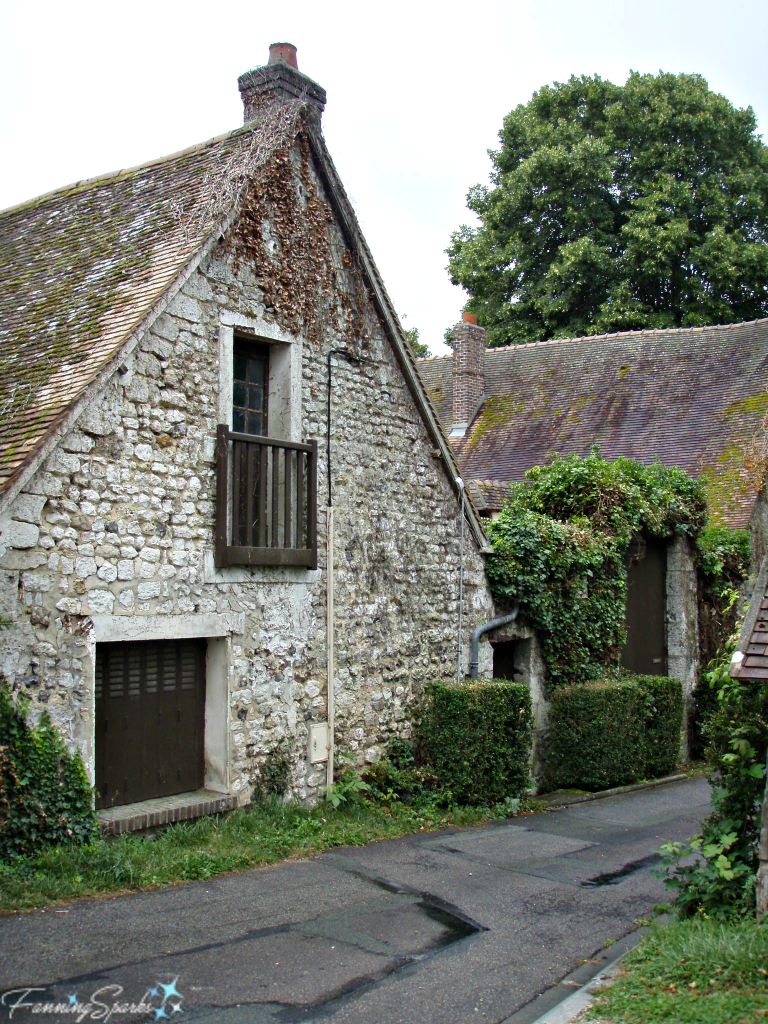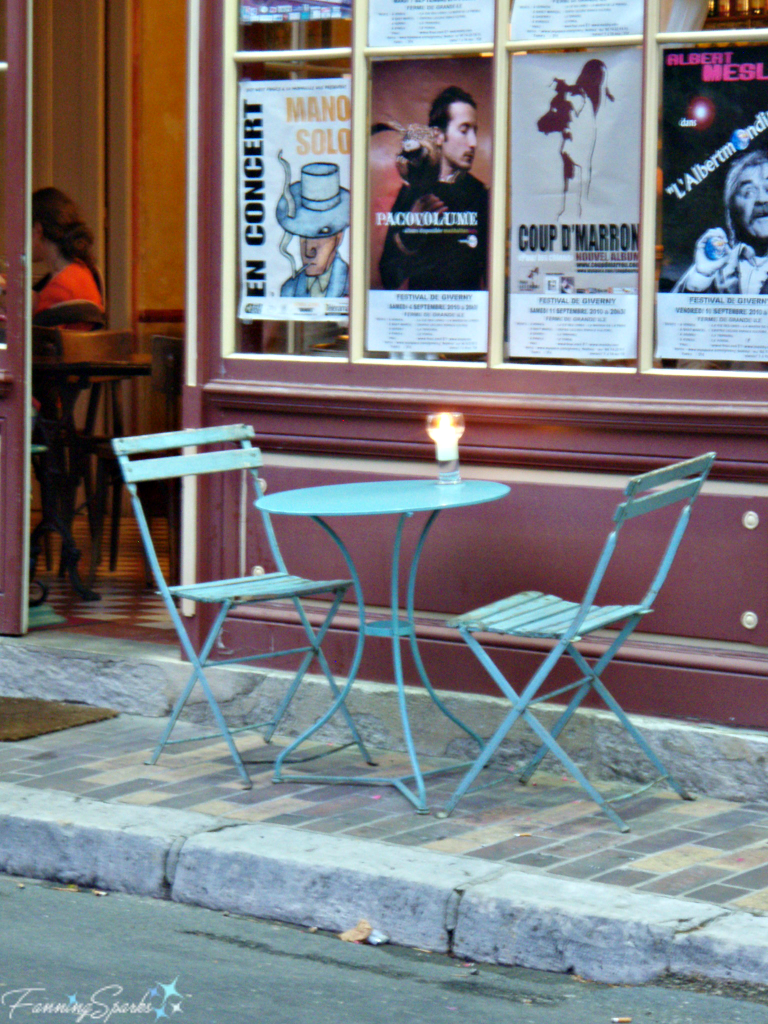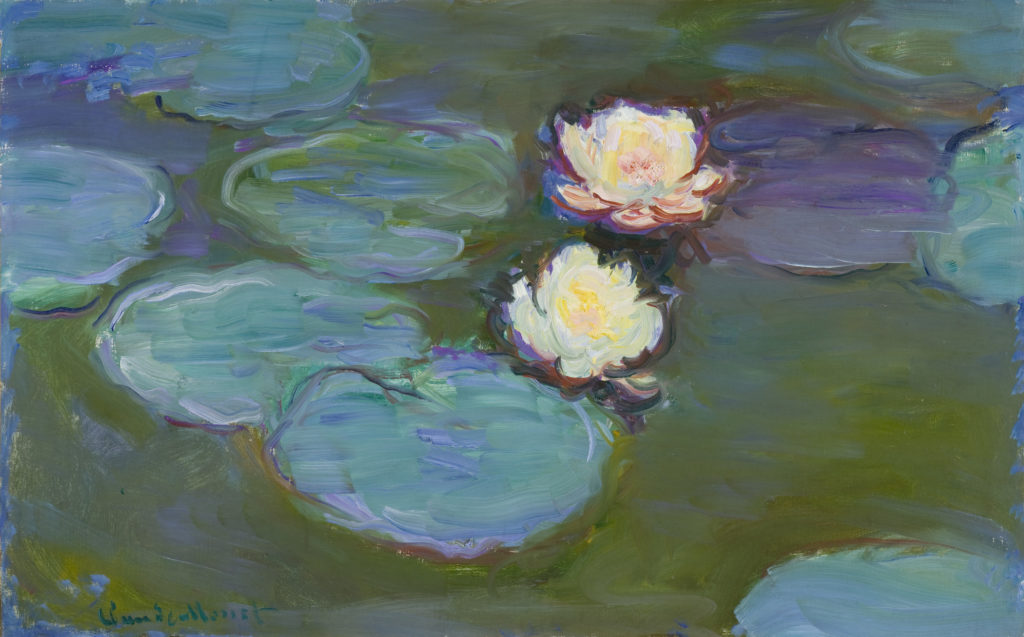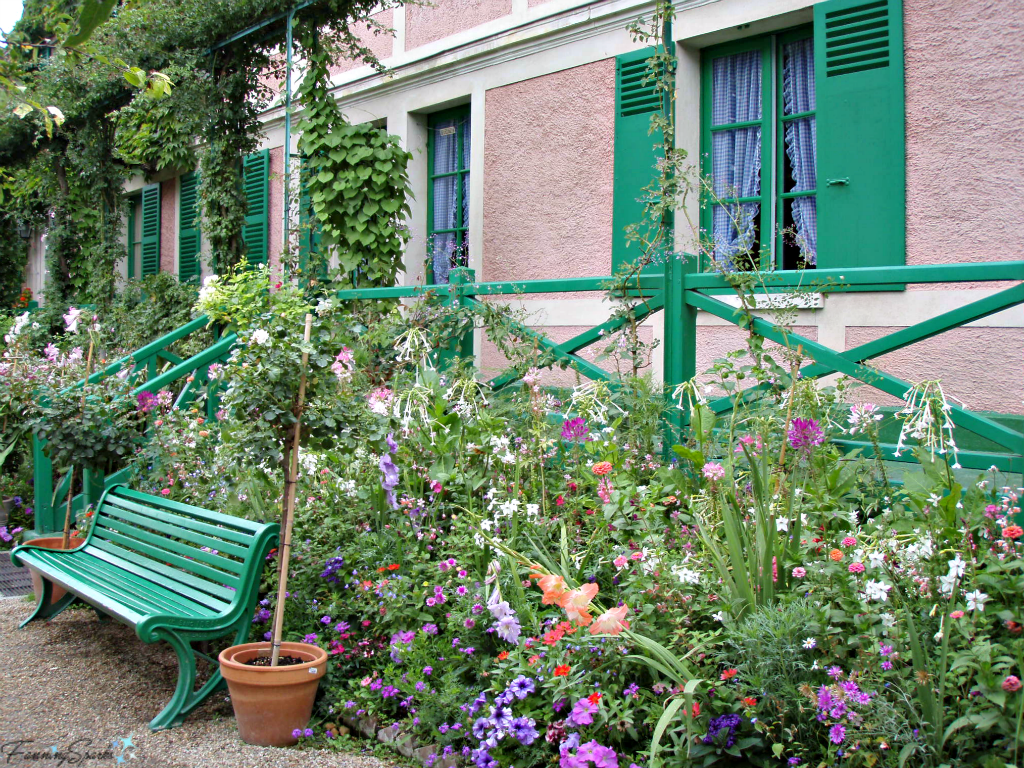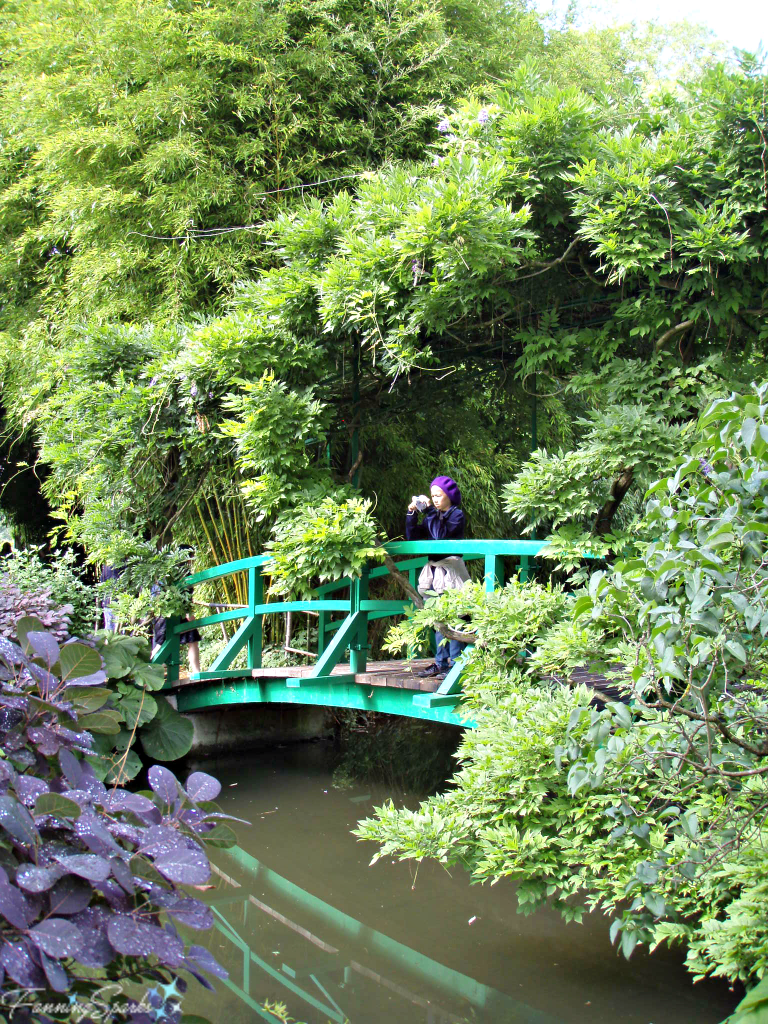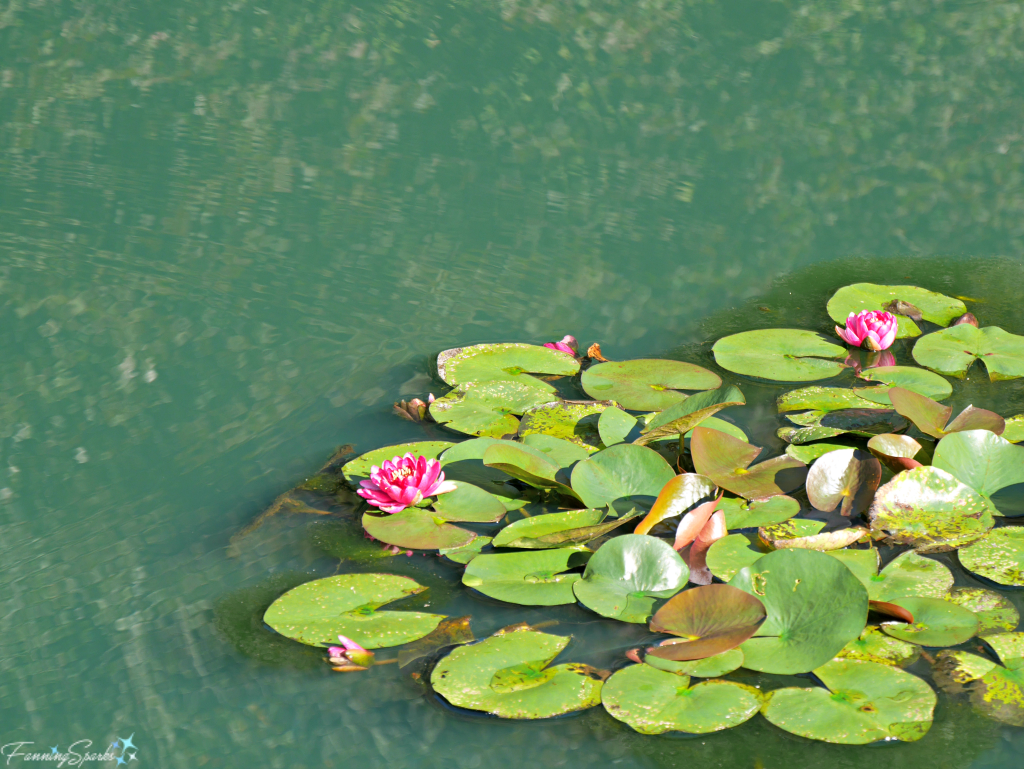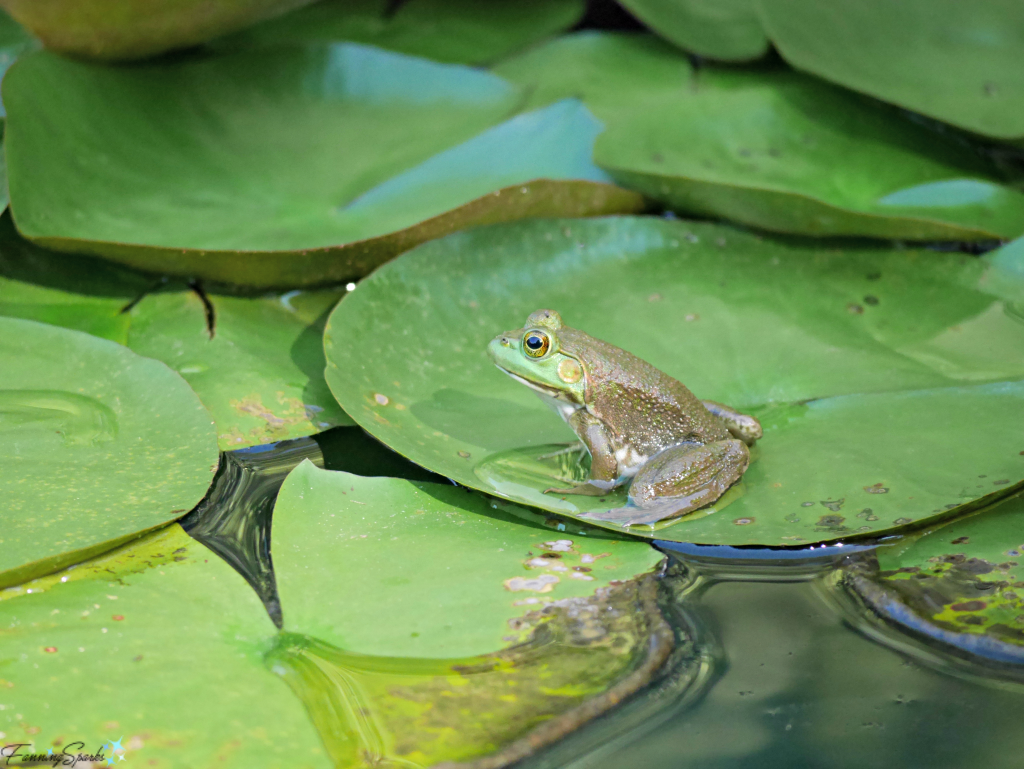I love to make gifts with a thoughtful, personal connection. Thinking about what the recipient likes to do in their spare time can lead to some good ideas. What’s their passion? Do they like biking? Knitting? Traveling? Nature? Music? The possibilities are endless. That’s why I think these Personalized Fabric-Covered Journals may just be the best make-and-give DIY project ever.
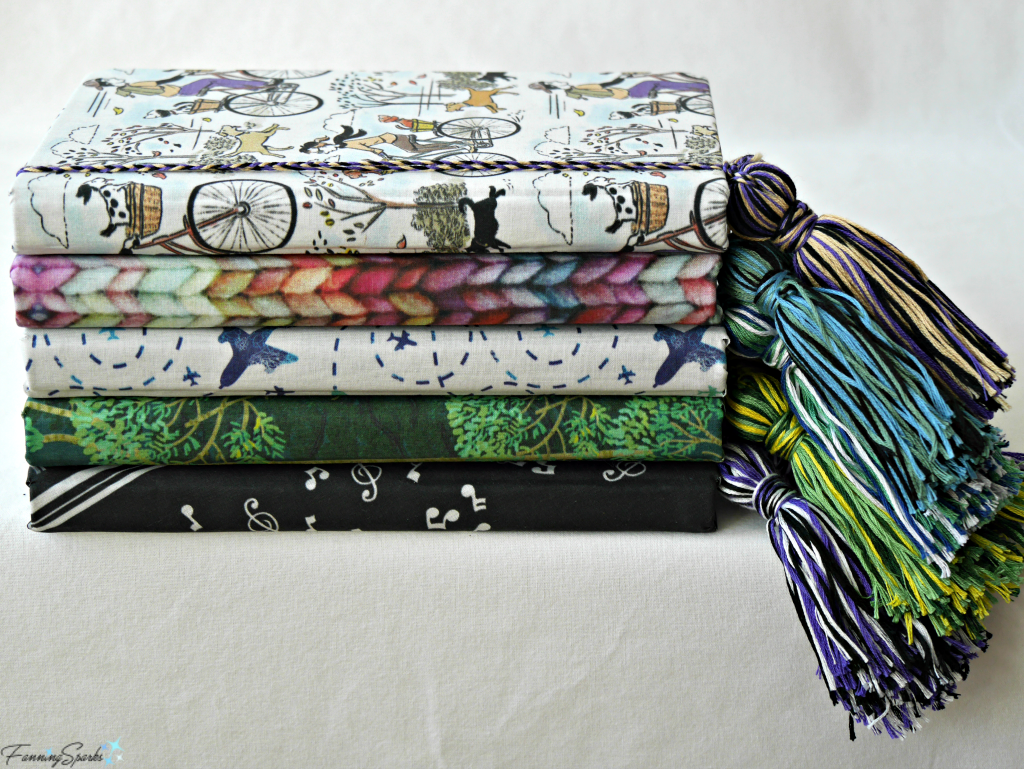
The journals make a lovely gift yet they are fast and easy to put together. Choose a fabric that reflects the recipient’s passion and simply cut-and-paste it to a notebook. No sewing required. Add a colorful tassel and braided cord bookmark and you’re all set. There are two major steps which I’ll cover in two separate posts. In this first post, we’ll discuss selecting the perfect fabric. In the second post, DIY Personalized Fabric-Covered Journal Tutorial Part 2, I provide step by step instructions for the cut-and-paste construction.
Choose a Fabric
The key to these personalized journals is the fabric. The fabric design makes it personal. It’s the linchpin. Therefore, it’s worth the effort to seek out a design that reflects something unique about the recipient. It could be a favorite hobby, interest, or pastime. I like to ask myself “What’s their passion?”
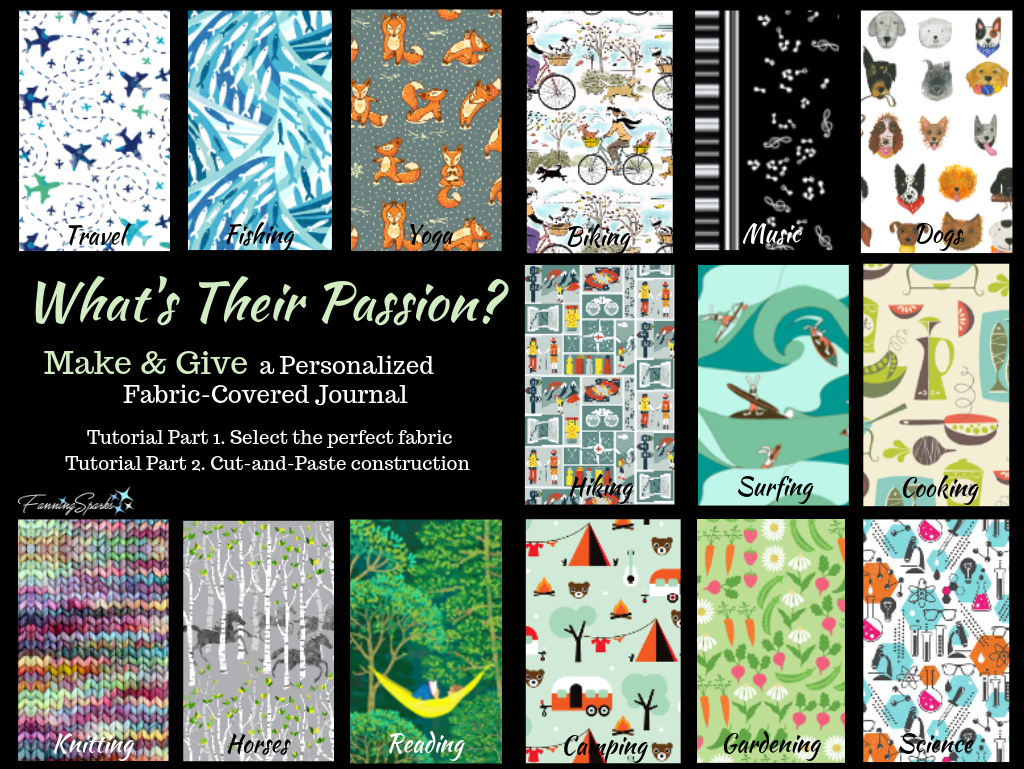
All of the fabrics shown in the above image were found on Spoonflower. Many thanks to the following designers who agreed to have their designs included in this post:
Travel – Fun Airplanes on White Sky by Oksancia
Fishing – Ocean-Life by Gaia Marfurt
Yoga – Foxes Yoga by Penguin House
Biking – Retro Bikes and Dogs by Vinpauld
Music – Piano Music by Jade Gordon
Dogs – Dogs by Little Island Company
Hiking – I Love Hiking by EbyGomm
Surfing – Colored 2 by Belana
Cooking – In the Kitchen Cream by Studio Jenny
Knitting – Knit Fabric Smaller by Chicken Boots
Horses – Spring: All the Pretty Little Horses by VO aka VirginiaO
Reading – Lost in a Good Book in an Emerald Forest by Honolulu Design
Camping – Retro Camping Canada Woodland Kids by Little Smile Makers
Gardening – Home Grown Garden by Andie Hanna
Science – Chemistry Lab Modern Girl Small by Heather Dutton
A simple 100% cotton fabric is ideal for this project. Spoonflower is my favorite source, and the one I’d like to share with you today, but it is just one option. You could select fabric at your local fabric store, online from an Etsy curated fabric shop, or an online fabric store.
With over 750,000 designs, the Spoonflower Marketplace is the largest collection of independent designers in the world. This is not a sponsored post and I hope I don’t sound like a Spoonflower salesperson but that’s a lot of options! There’s a very good chance they’ll have a design for your selected passion… the trick is to find it!
Spoonflower has multiple ways to search for designs. If you’re new to Spoonflower, it’s worth taking a few minutes to get familiar with their website.
- You can simply explore. Check out the featured themes and trending designs from the home page.
- If you have a specific topic in mind, you can use the Search box at the top right. Enter a keyword and you’ll likely find dozens of options.
- Updated June 2, 2020: Another approach is to navigate via the menu categories. Here’s an example clicking through Fabric > By Categories > Novelty > Sewing Notions.
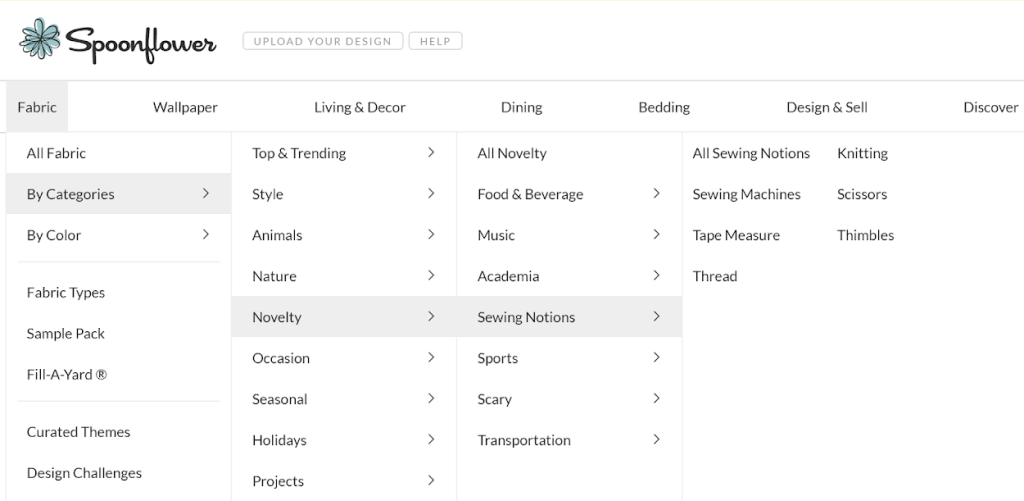
- Yet another approach is to explore the Challenge Winners or Curated Themes sections under Fabric.
Design Challenges are one of the things that make Spoonflower unique. Every week, Spoonflower selects a topic and challenges designers to enter their best designs. Challenges cover a broad range of topics. Some examples are Circles, Hedgehogs, Marrakesh, Cycling, and 1920s. Designs are posted for public voting and the popular vote determines the top 50 winning designs. Be sure to explore Challenge Winners for some exceptional designs.
I recommend you start by looking for 3-5 possible designs. Be sure to mark your favorites, by clicking the little heart, as you go. After you’ve found some good options, go to Favorites (little heart in the top right menu bar) to review your selections and narrow it down.
One important factor to consider in making your final selection is the scale of the design. If the design is too large, the beauty of the design may be lost on the notebook cover.
Select and Measure the Notebook
At this point, we need to switch gears and determine the size of your notebook. Here is the notebook I purchased from Amazon (see More Details below for link). I purchased 5 notebooks so I can make and give a few as gifts.
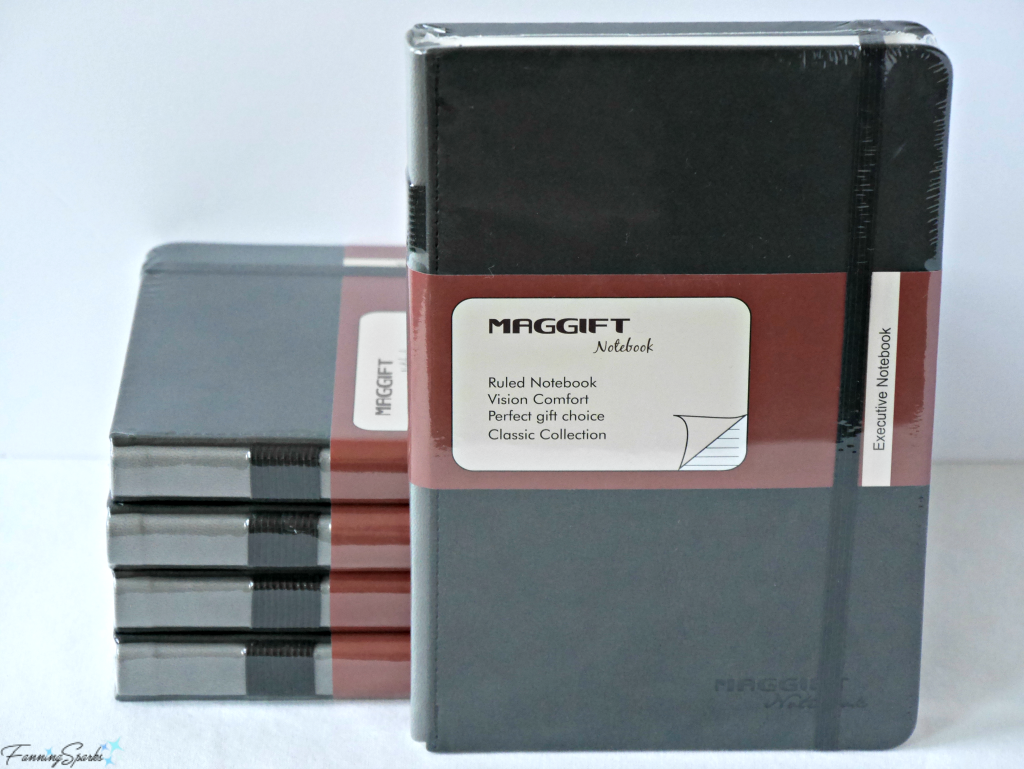
If you use the same notebook, you can simply use my measurements. Otherwise, measure your notebook carefully to determine 1) a suitable scale for the design and 2) the quantity of fabric needed. Begin by measuring the following elements of the notebook:
- Cover Width = width of notebook from spine to right edge
- Cover Thickness = the thickness of the actual cover
- Cover Height = height of notebook from top edge to bottom edge
- Spine Thickness = the thickness of the notebook spine
We need to add ¾” of fabric to wrap around and glue to the inside of the cover. Use these formulas to calculate the size of the fabric rectangle you’ll need:
. Width = ((Cover Width + ¾” + Cover Thickness) x 2) + Spine Thickness
. Height = Cover Height + ((¾” + Cover Thickness) x 2)
Let’s use the Maggift Notebook as an example. Its precise measurements are:
. Cover Width = 5 ¹⁰⁄₁₆”
. Cover Thickness = ²⁄₁₆”
. Cover Height = 8 ⁷⁄₁₆”
. Spine Thickness = ¹²⁄₁₆”
Using the formula from above, we can determine the Width of the fabric rectangle should be:
Width = ((Cover Width + ¾” + Cover Thickness) x 2) + Spine Thickness
Width = ((5 ¹⁰⁄₁₆” + ¹²⁄₁₆” + ²⁄₁₆”) x 2 ) + ¹²⁄₁₆”
Width = 13 ¾
The Height of the fabric rectangle should be:
Height = Cover Height + ((¾” + Cover Thickness) x 2)
Height = 8 ⁷⁄₁₆” + ((¹²⁄₁₆” + ²⁄₁₆”) x 2
Height = 10 ³⁄₁₆”
Thus, a 13 ¾” x 10 ³⁄₁₆” rectangle of fabric is needed.
As a general rule of thumb, a fat quarter of fabric is sufficient to cover a typical notebook. If you’re not familiar with this term, it is simply a piece of fabric that measures about 21” wide by 18” long. The term, commonly used in the quilting world, comes from the way in which the fabric is cut as shown below.
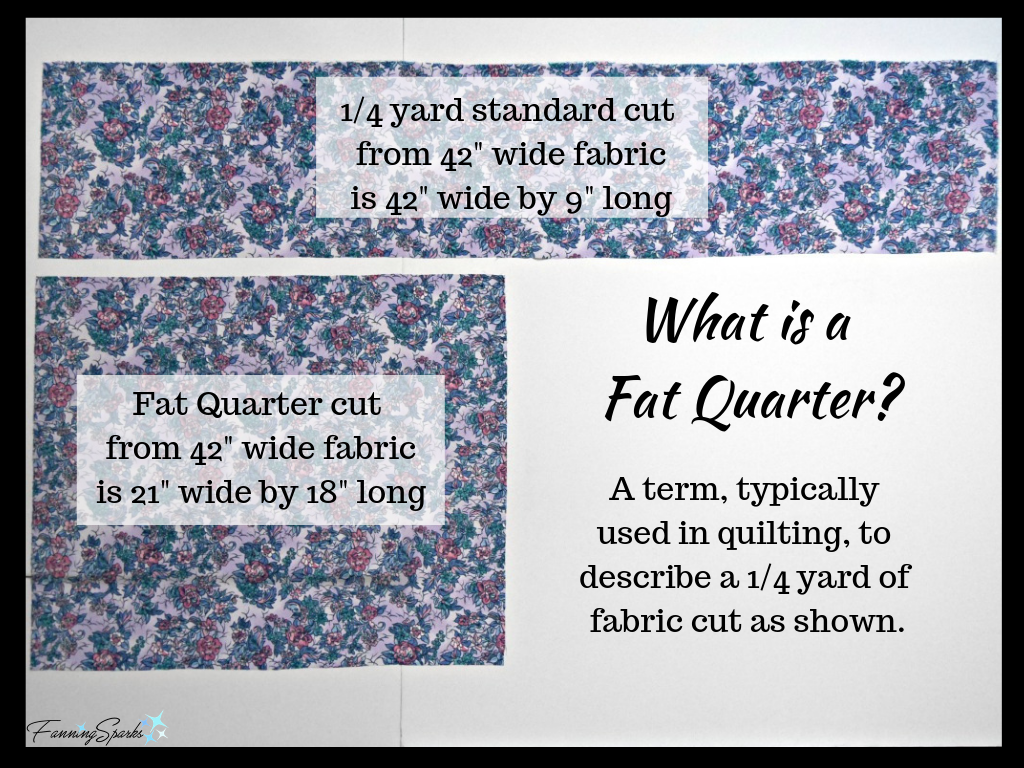
Since the Maggift Notebook requires a 13 ¾” x 10 ³⁄₁₆” rectangle of fabric, a fat quarter at 21” x 18” is ideal. You can order a fat quarter of any design on Spoonflower. Many fabric stores offer pre-cut fat quarters. When buying fabric off the bolt, however, you can typically only buy full width cuts meaning you would have to purchase a ½ yard of fabric.
Select the Final Design
Let’s return to our Spoonflower favorites. As noted above, the scale of the design is an important consideration in making your final selection. The ideal scale will showcase the beauty and detail of the design on the notebook cover. Please note many designers will adjust the scale of their design for a custom order; just ask via the Contact option in the designer’s shop.
To gauge the scale of your design, we’ll use another one of Spoonflower’s cool features. Select your fabric design. Choose “Basic Cotton Ultra”. Set the Choose Amount to “Fat Quarter” to see your chosen fabric displayed as a fat quarter. The design and the rulers will adjust to 21” by 18”. Genius!
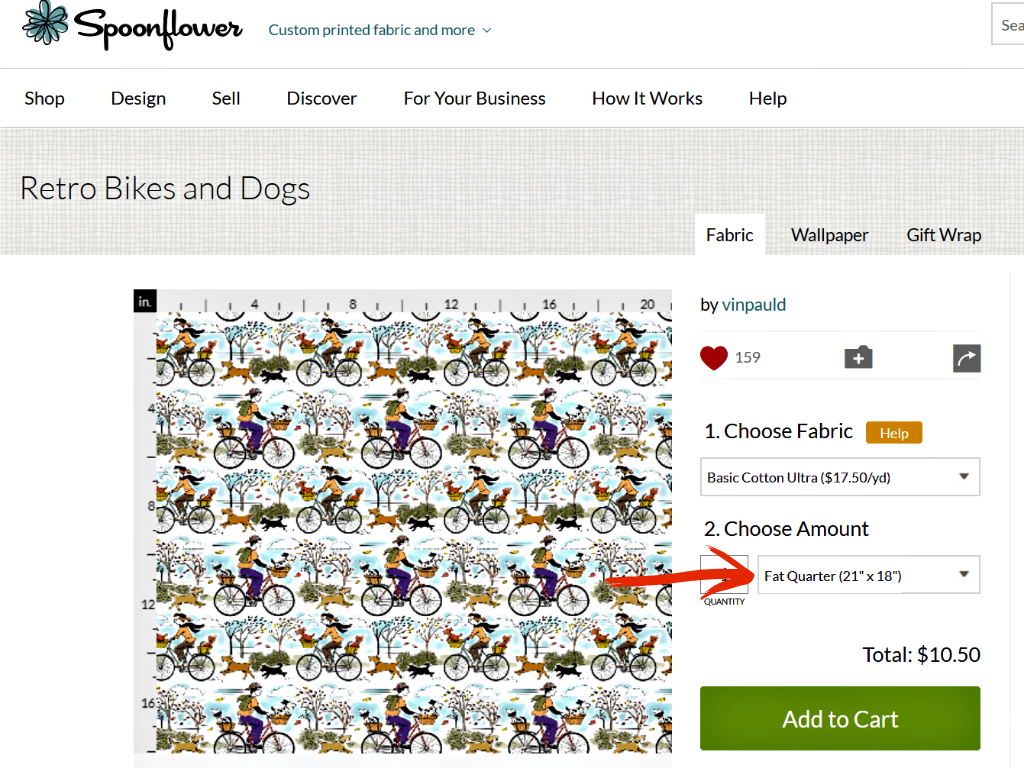
With your chosen fabric displayed to scale, you can easily check how it will appear on your notebook cover. Use the Cover Width and Cover Height measurements from above. In our example, the Cover Width is 5 ¹⁰⁄₁₆” and the Cover Height is 8 ⁷⁄₁₆”. You can use a tool, such as Snipping Tool, to carefully mark your cover design to size or you can simply eyeball it.
I created the below graphic to illustrate the point. I think both designs are excellent but, based on the detail that would appear on the cover, I would more likely choose the airplanes than the vegetables for this particular project.
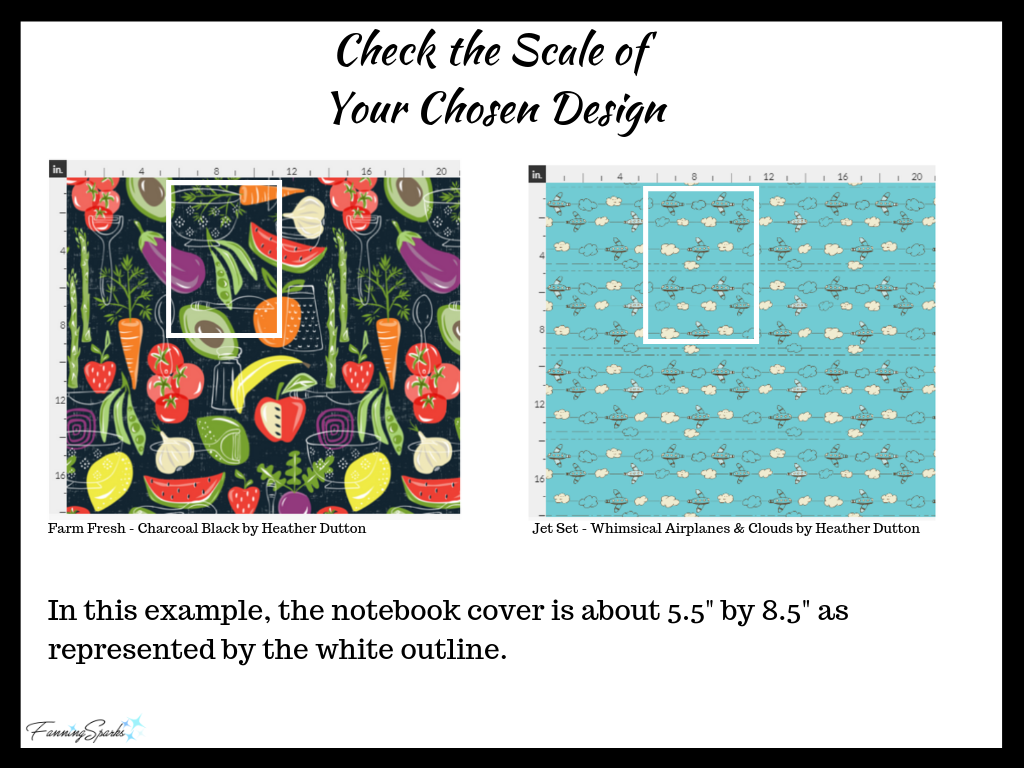
Please note all of the designs shown in the What’s Their Passion? image at the top of this post have already been cropped to the size of a Maggift Notebook cover.
Placement is another factor to consider at this point. If you have a design with an obvious focal point, you’ll want to ensure it can be positioned effectively on the notebook cover. We examine this topic in more detail in the next post, DIY Personalized Fabric-Covered Journal Tutorial Part 2, but in the meantime the below photo should help you visualize how placement may impact your design. Note: the front of the notebook will be covered with the fabric in the right section of the template.
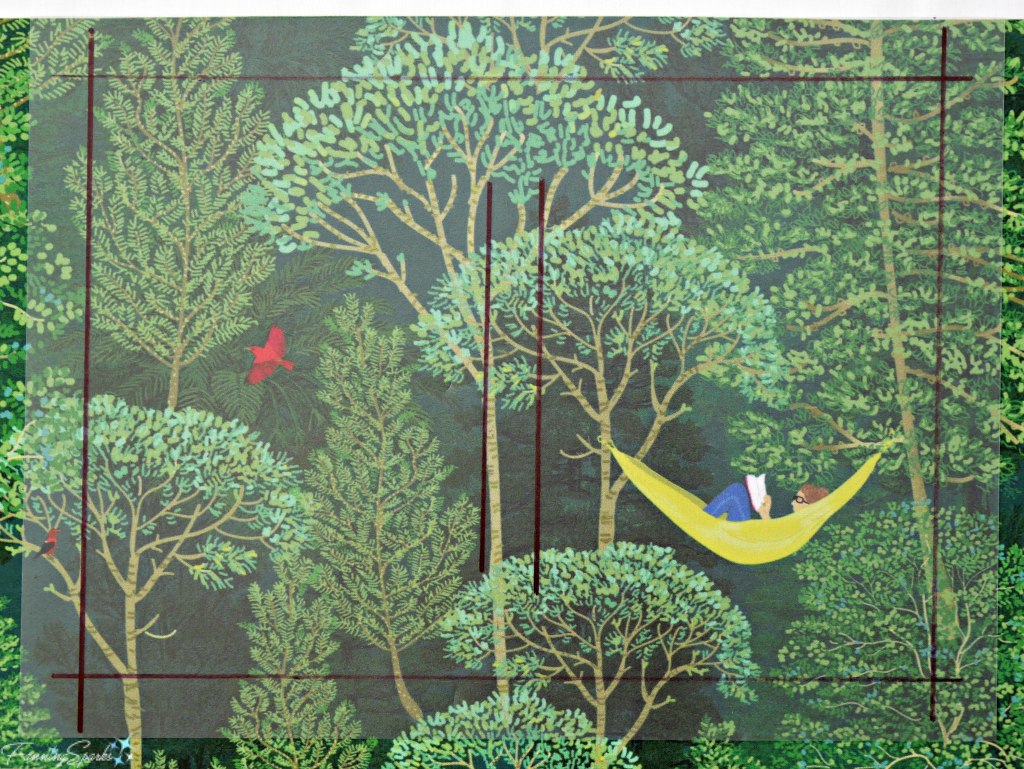
Have fun selecting the perfect fabric for your journal! If you’re ordering from Spoonflower take note of their holiday shipping deadlines since they’re approaching fast.
More Info
This is a two-part tutorial. Be sure to read both posts:
- DIY Personalized Fabric-Covered Journal Tutorial Part 1 covers selecting the perfect fabric (this post).
- DIY Personalized Fabric-Covered Journal Tutorial Part 2 covers the cut-and-paste construction.

Check out the Spoonflower website for more info.
This is the link to the Maggift Notebook I used.
Today’s Takeaways
- A fabric-covered notebook can make a lovely personalized gift.
- Fabric is available in a multitude of fabulous designs.
- Consider your gift recipient’s passions to select the perfect fabric for this DIY Personalized Fabric-Covered Journal.


